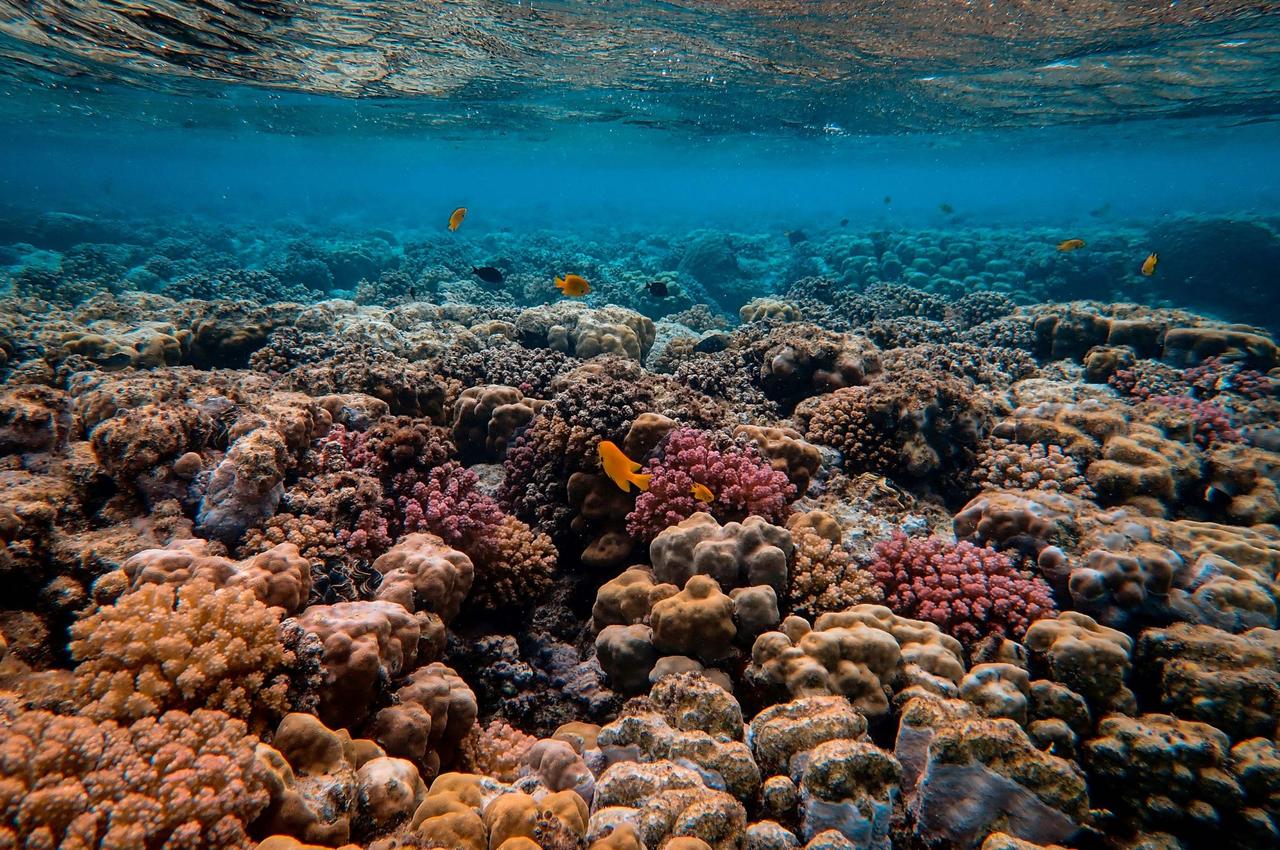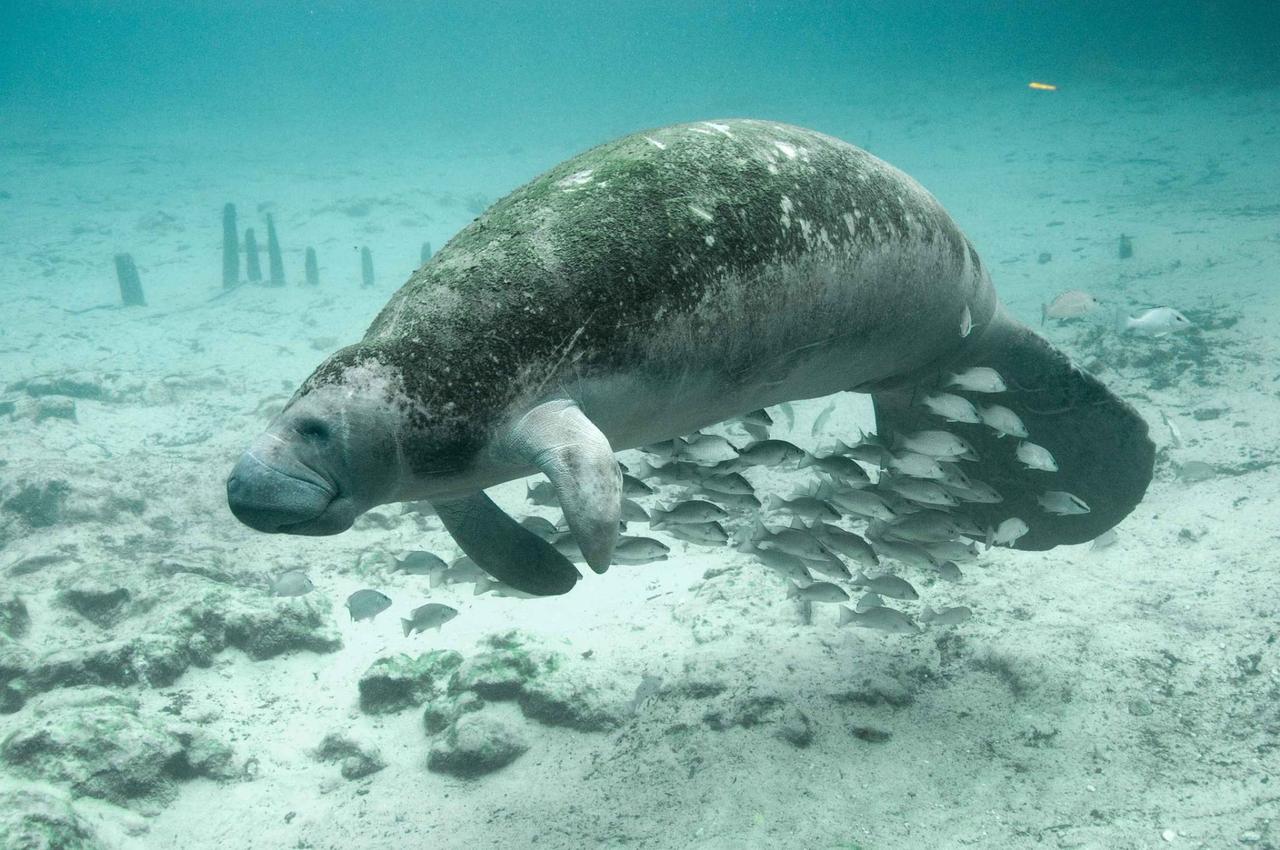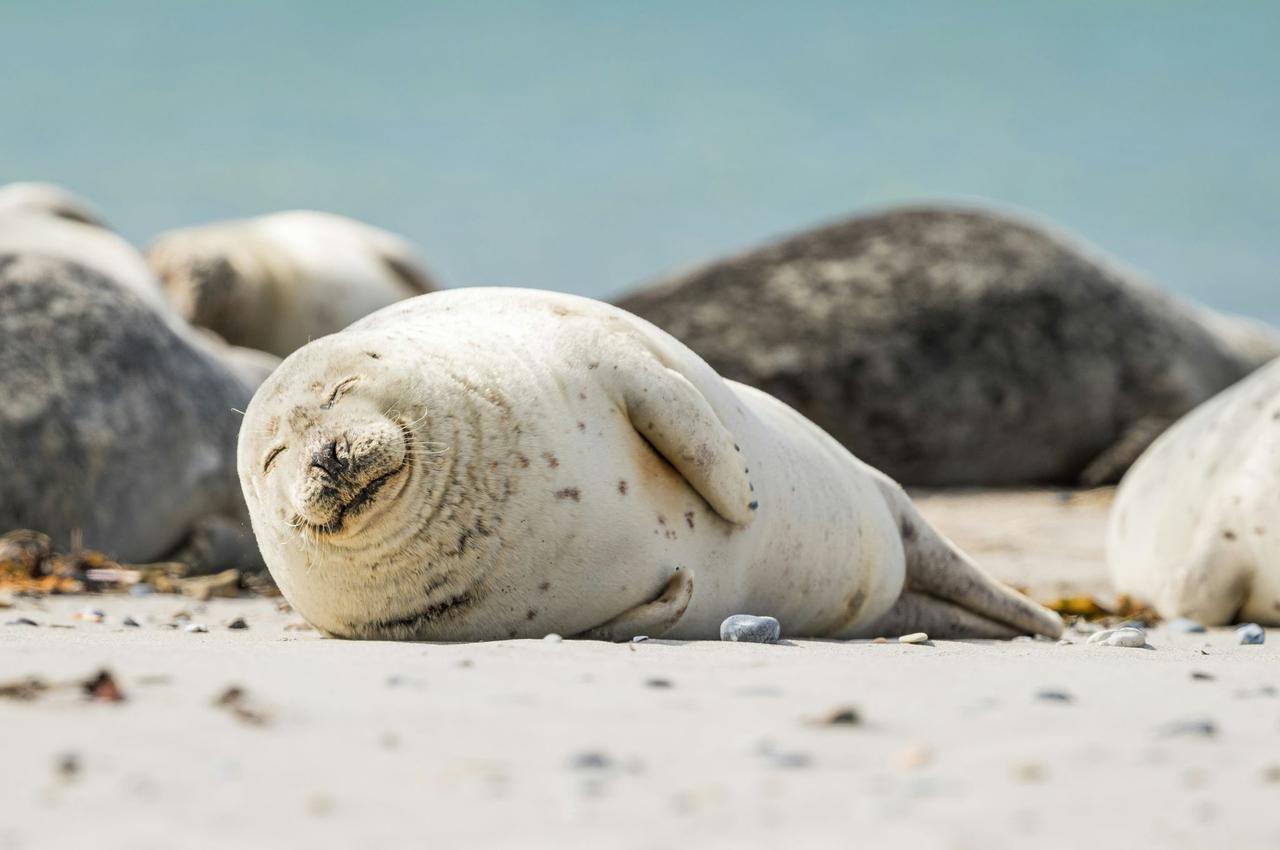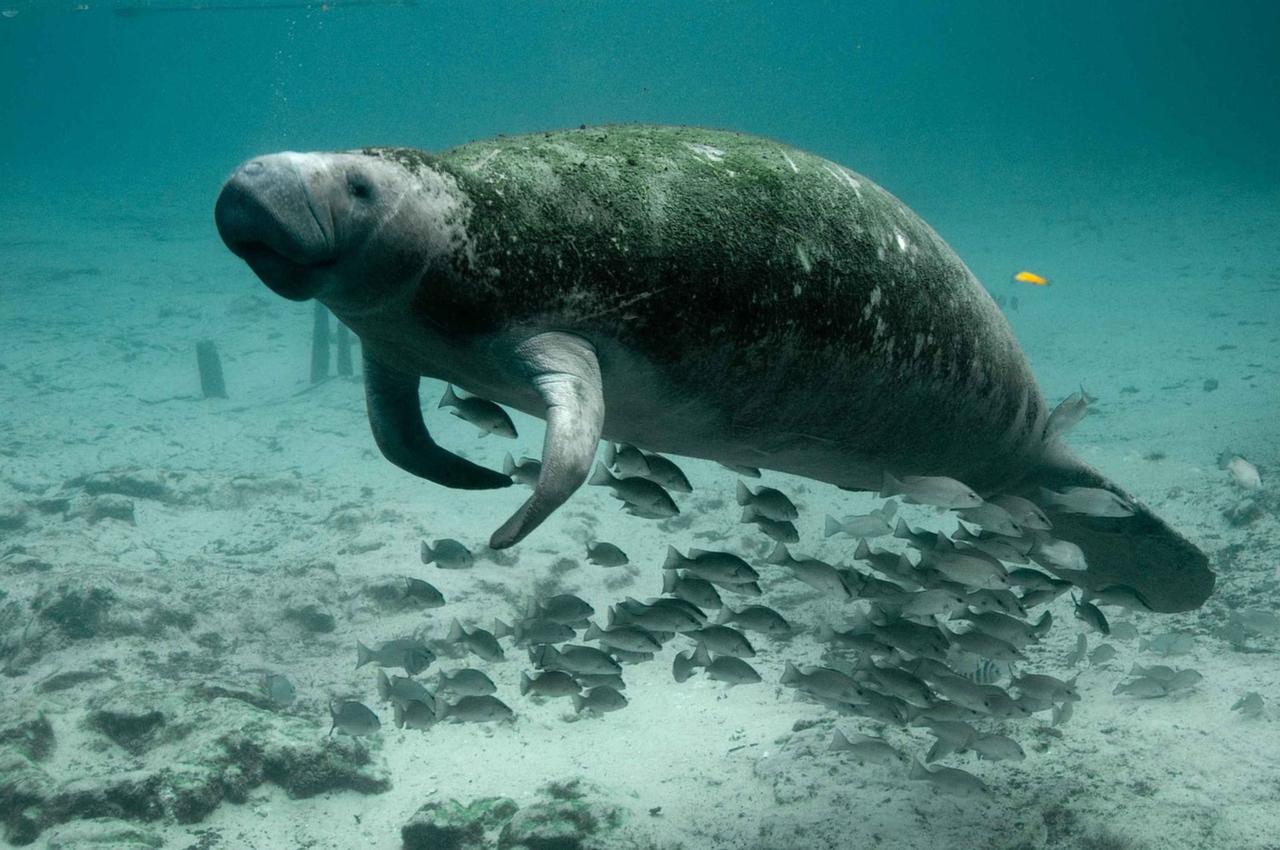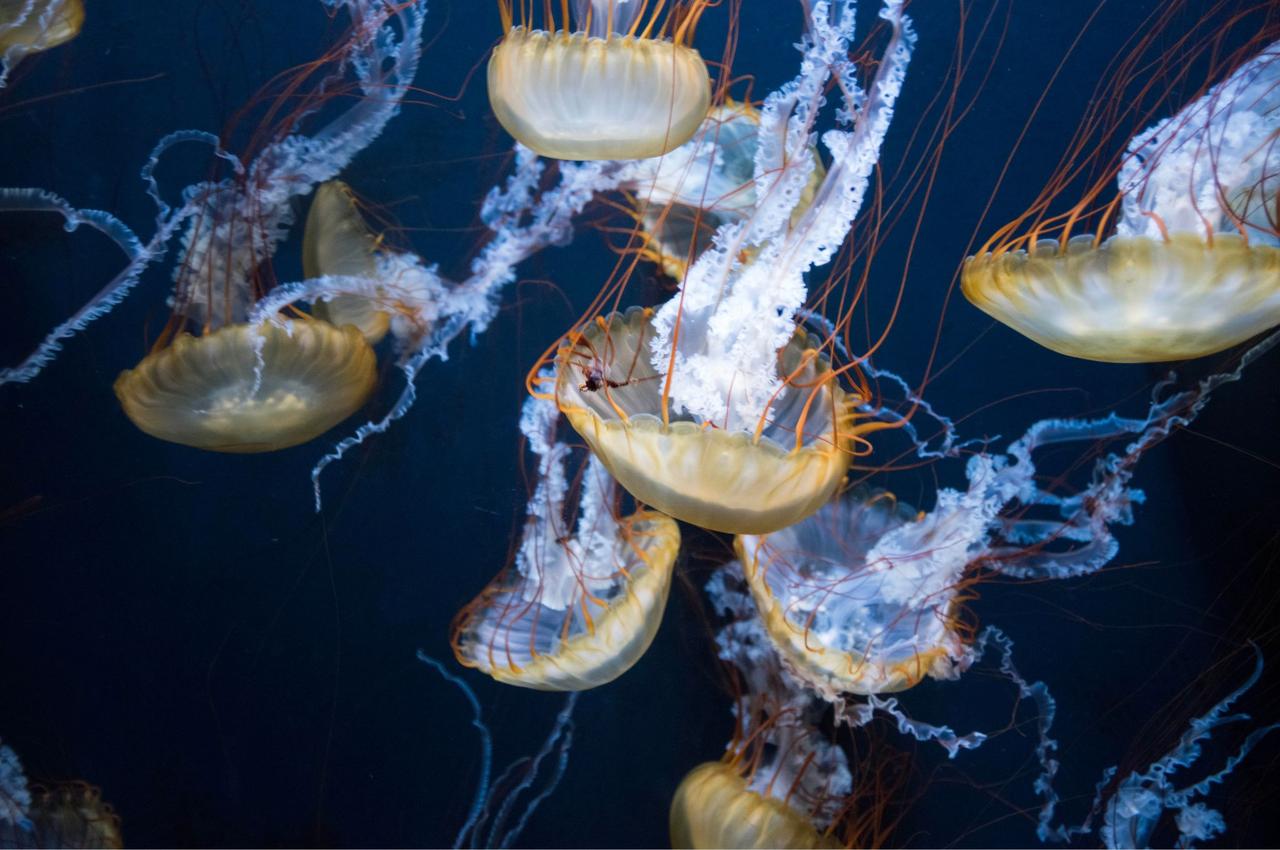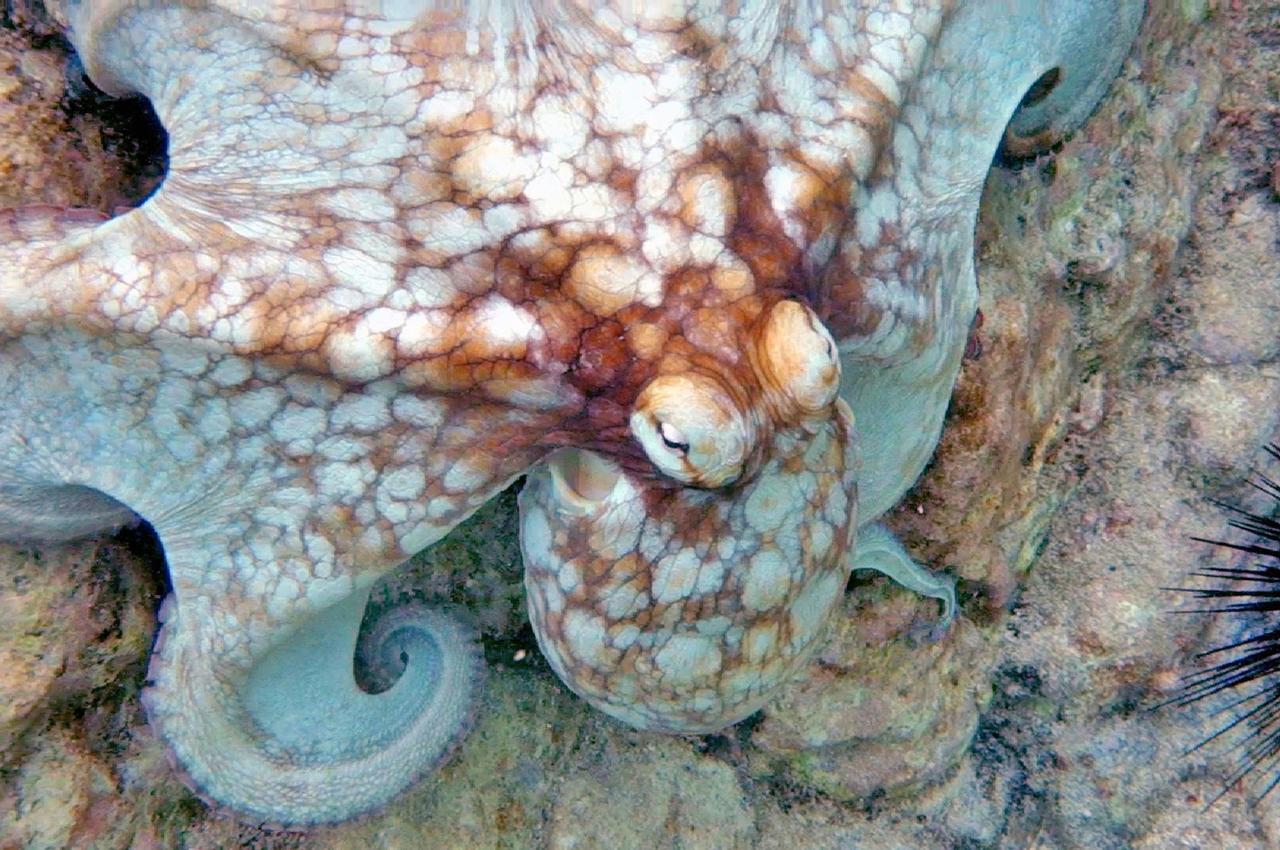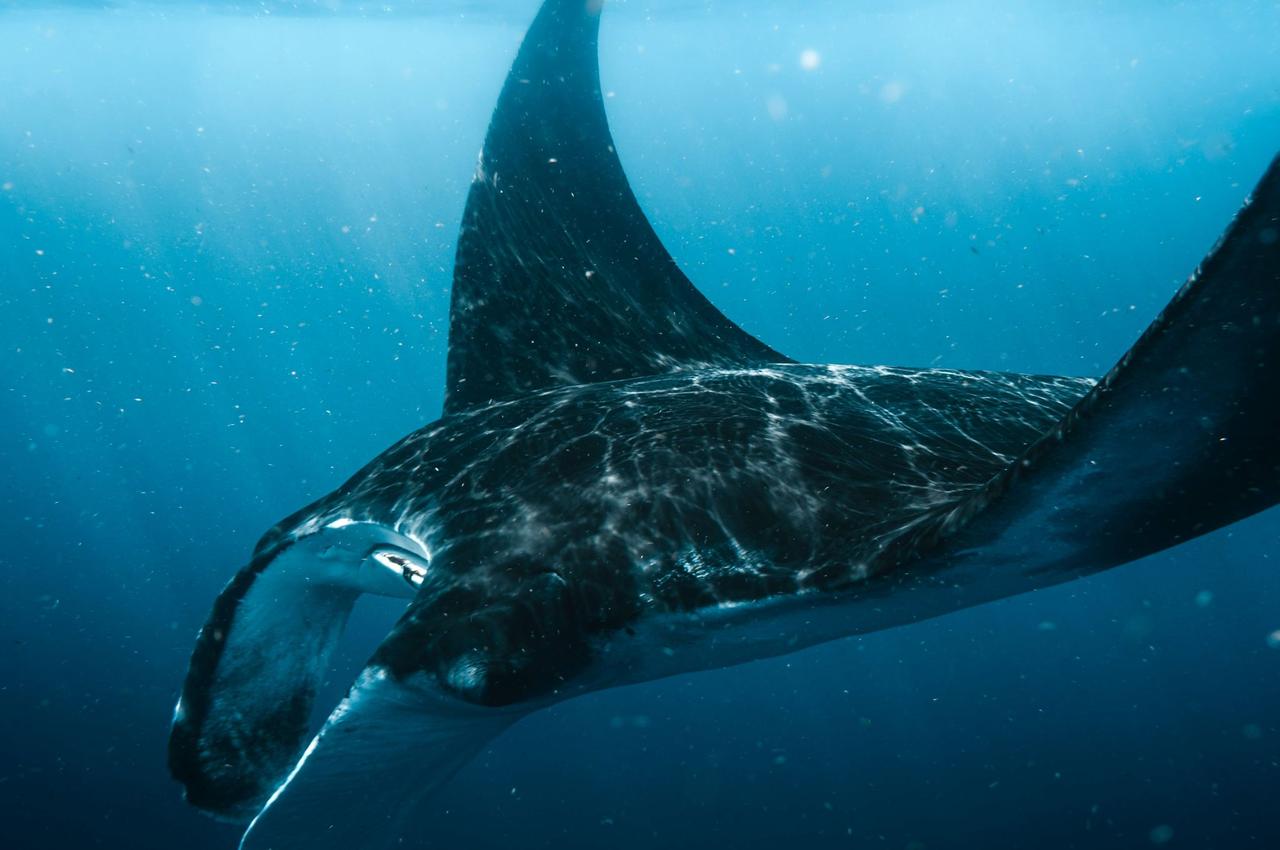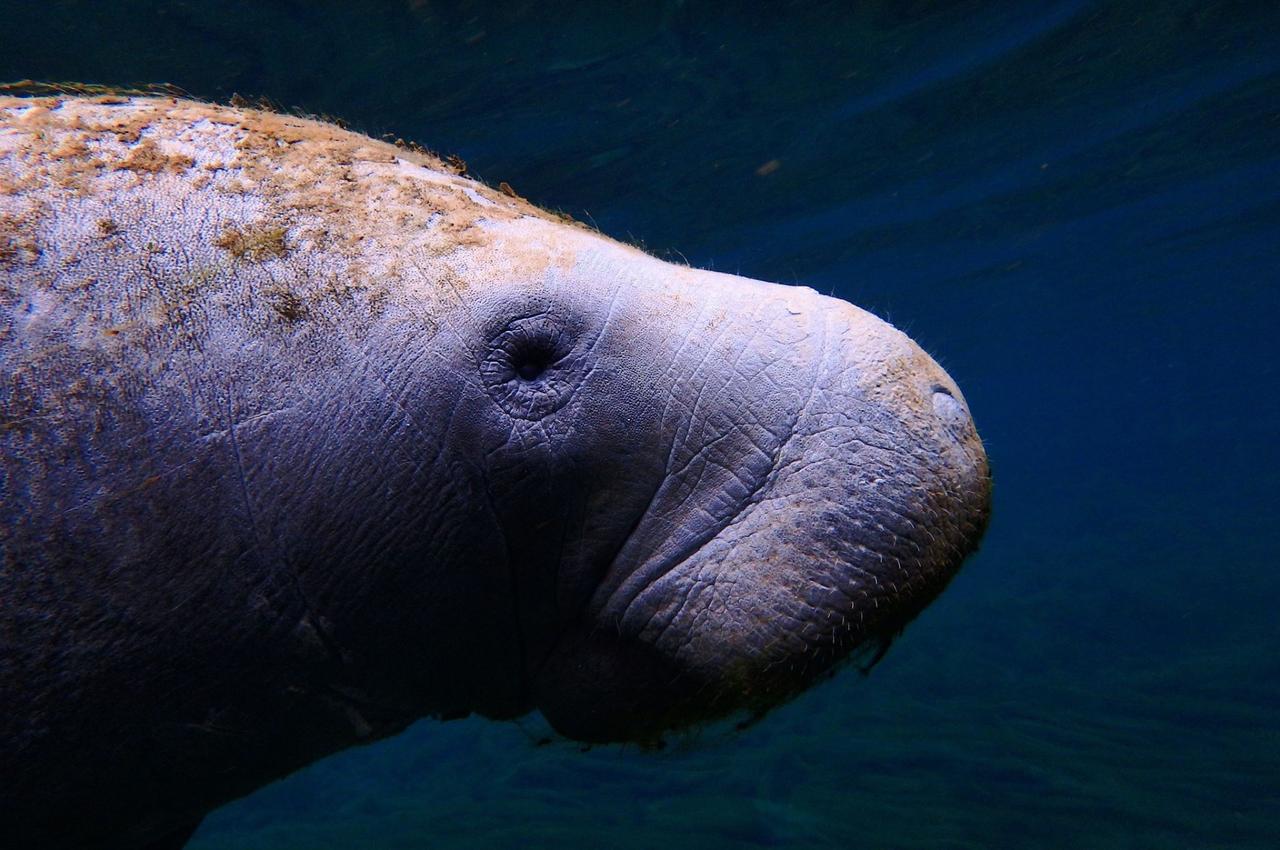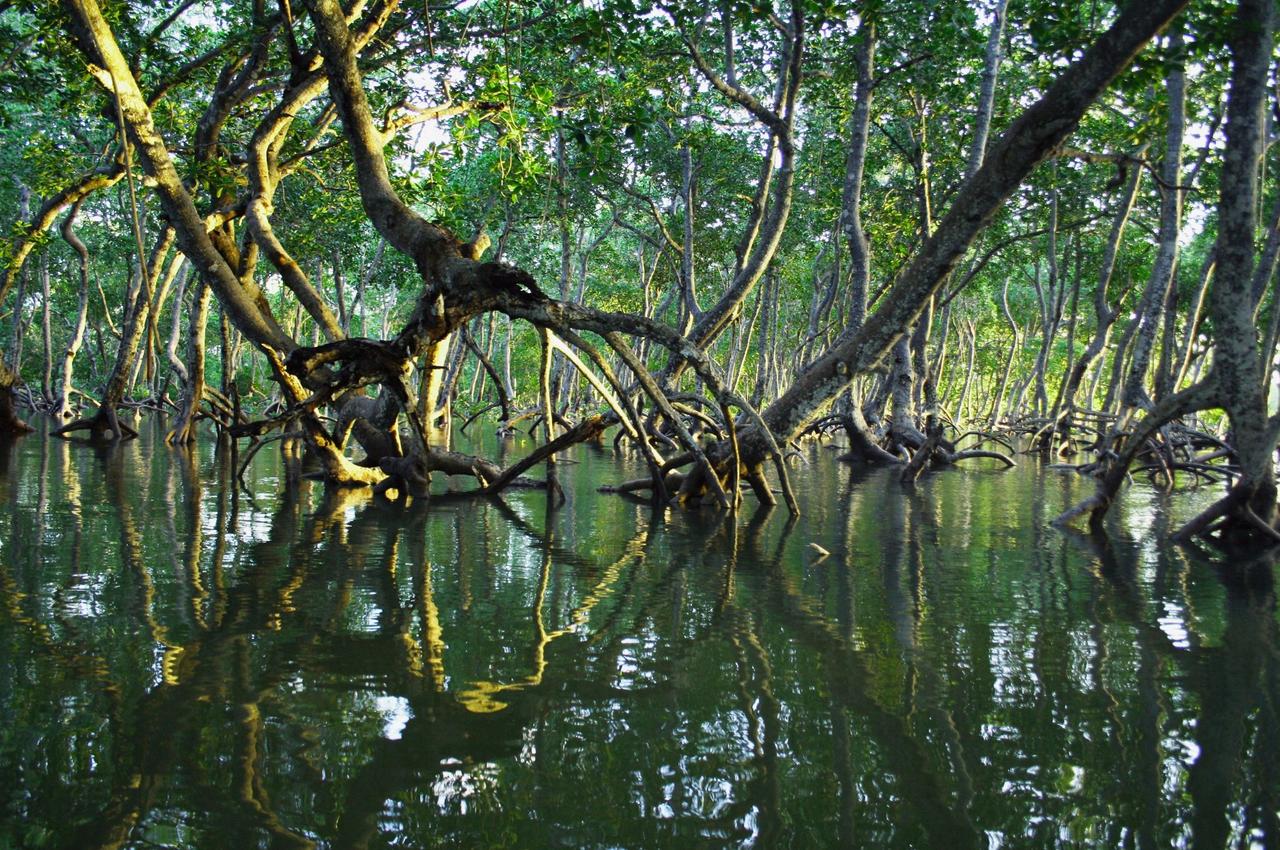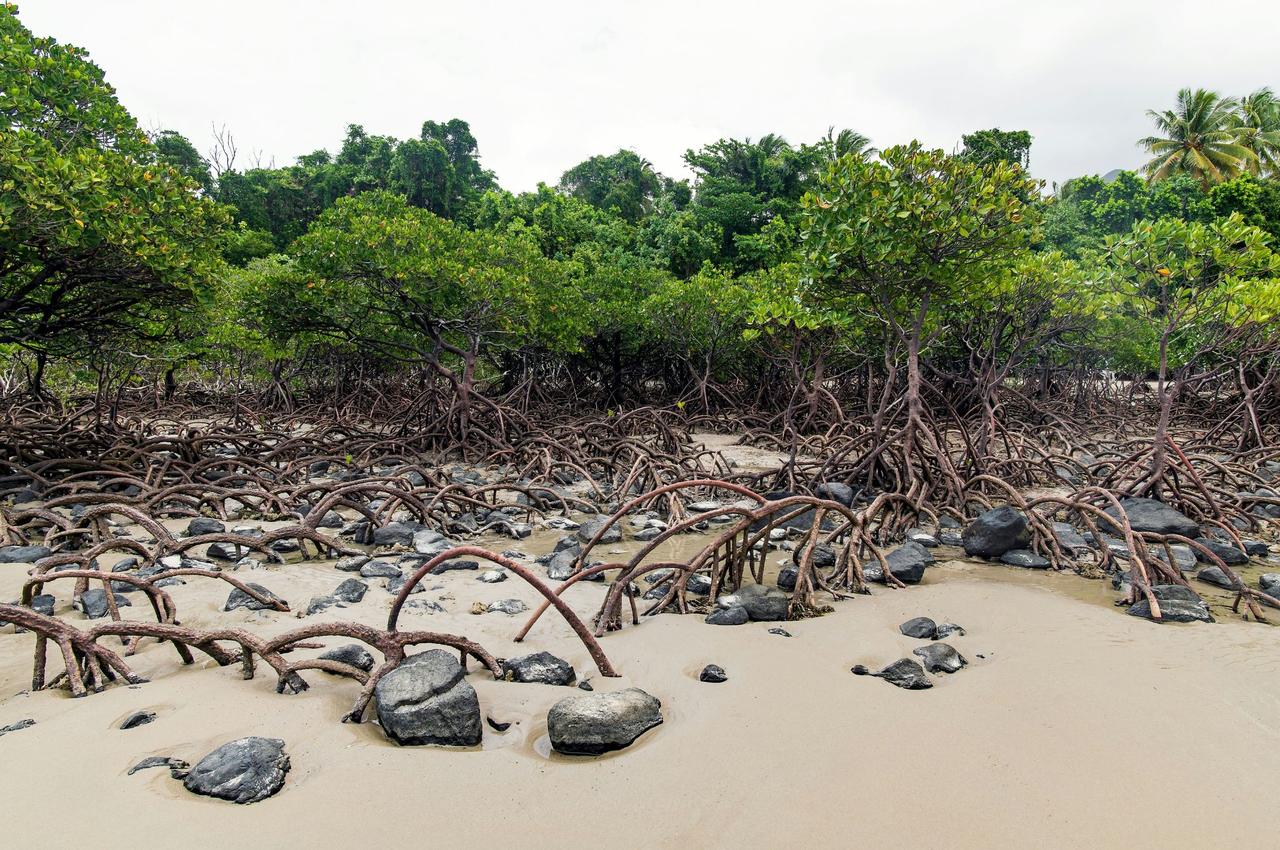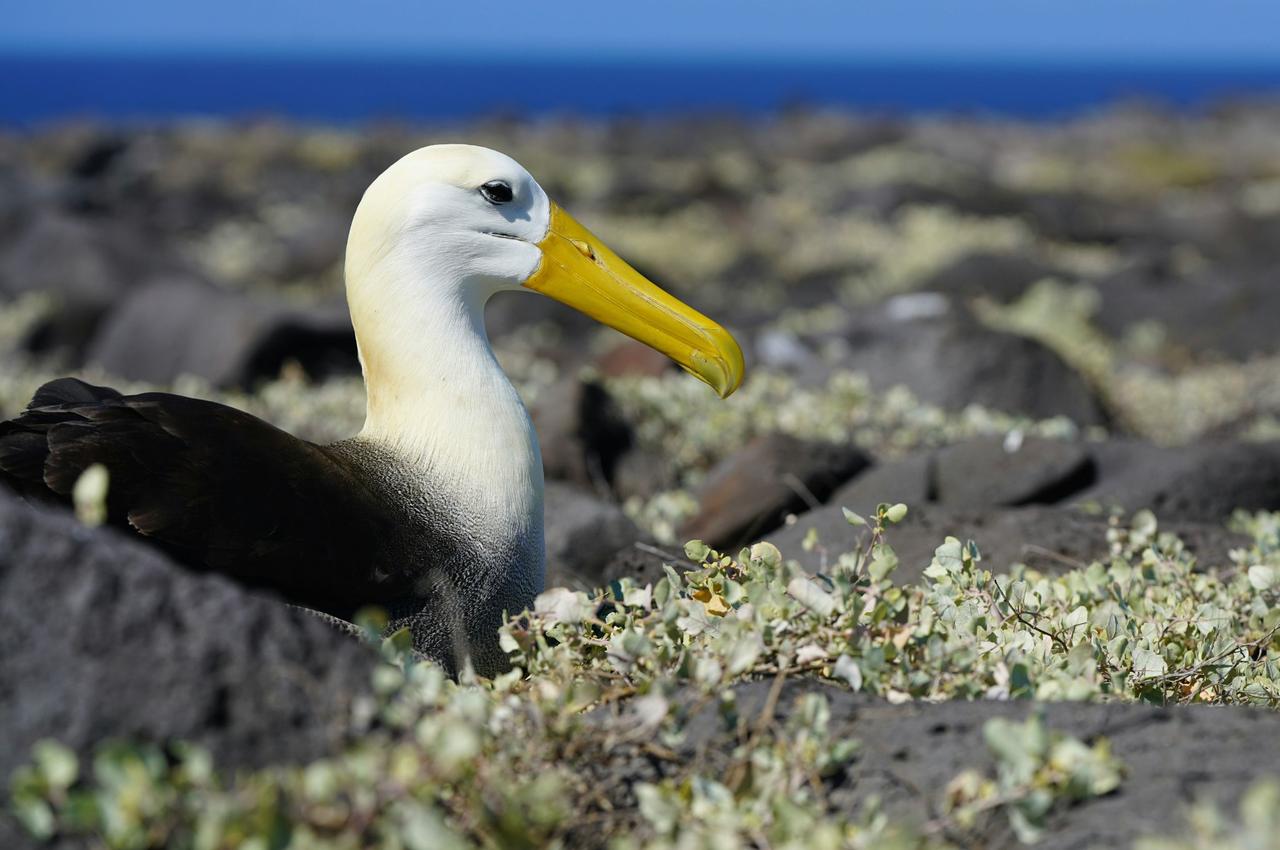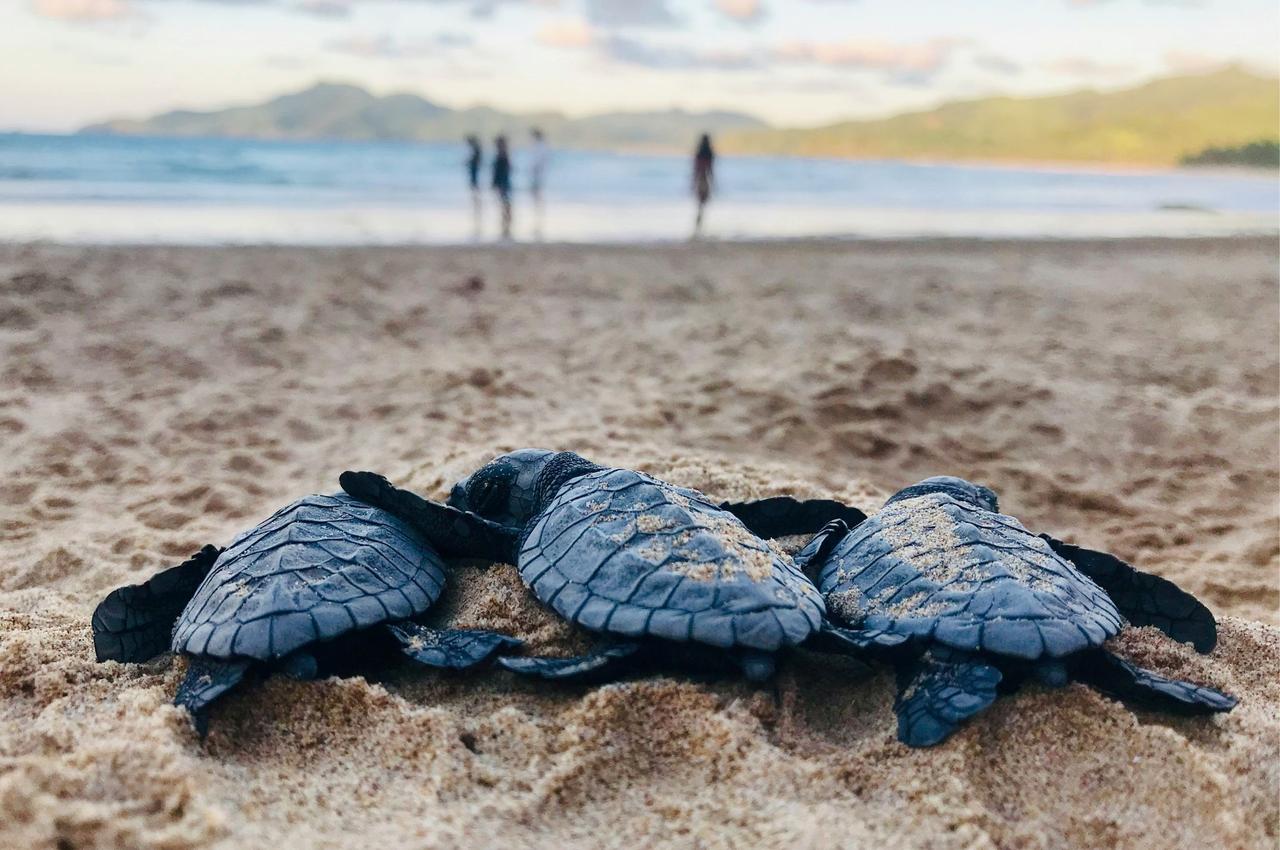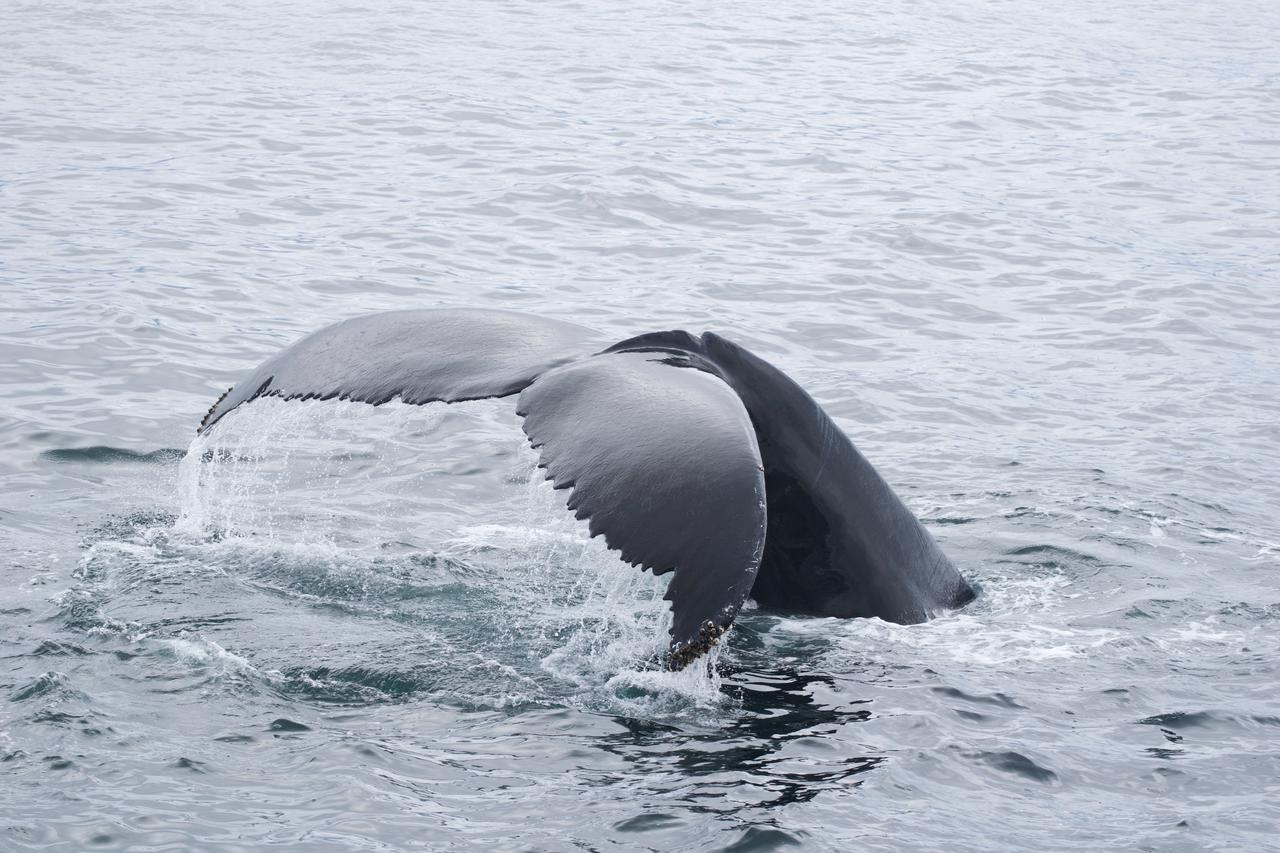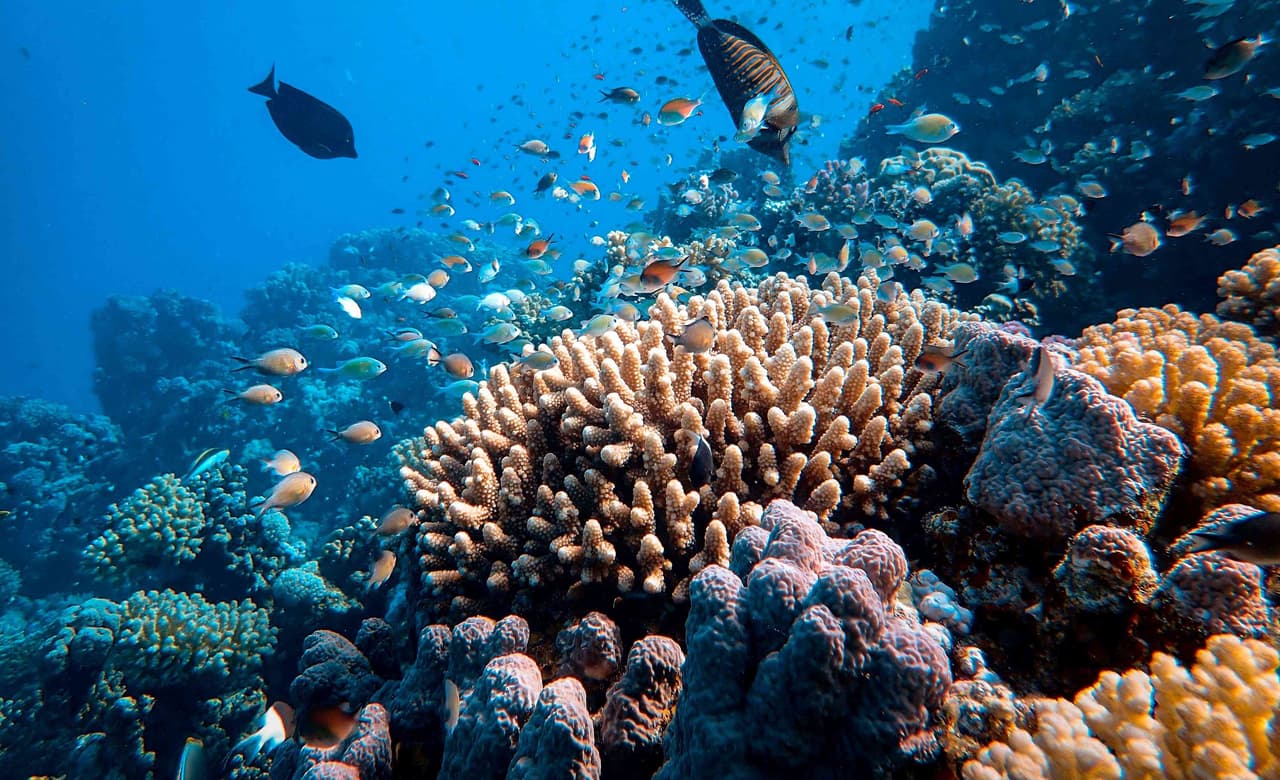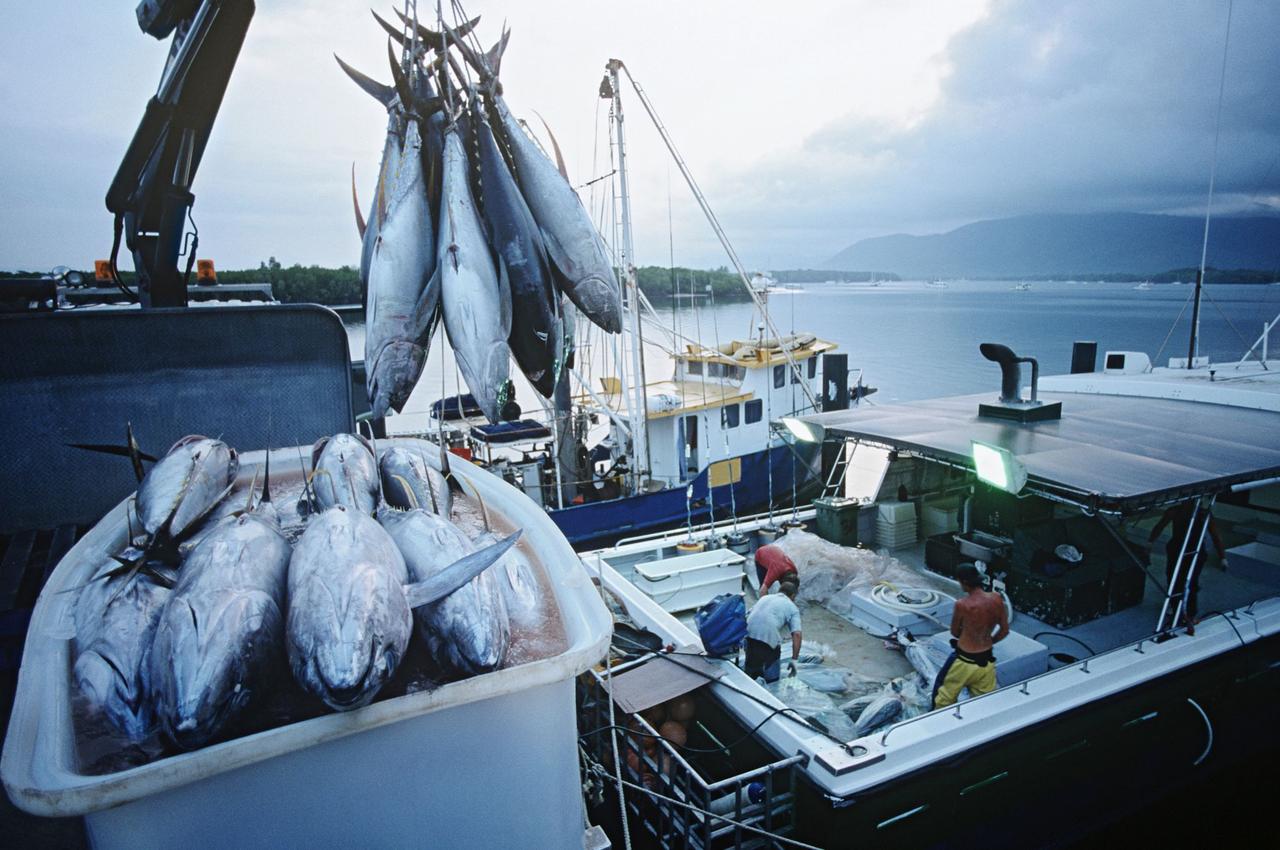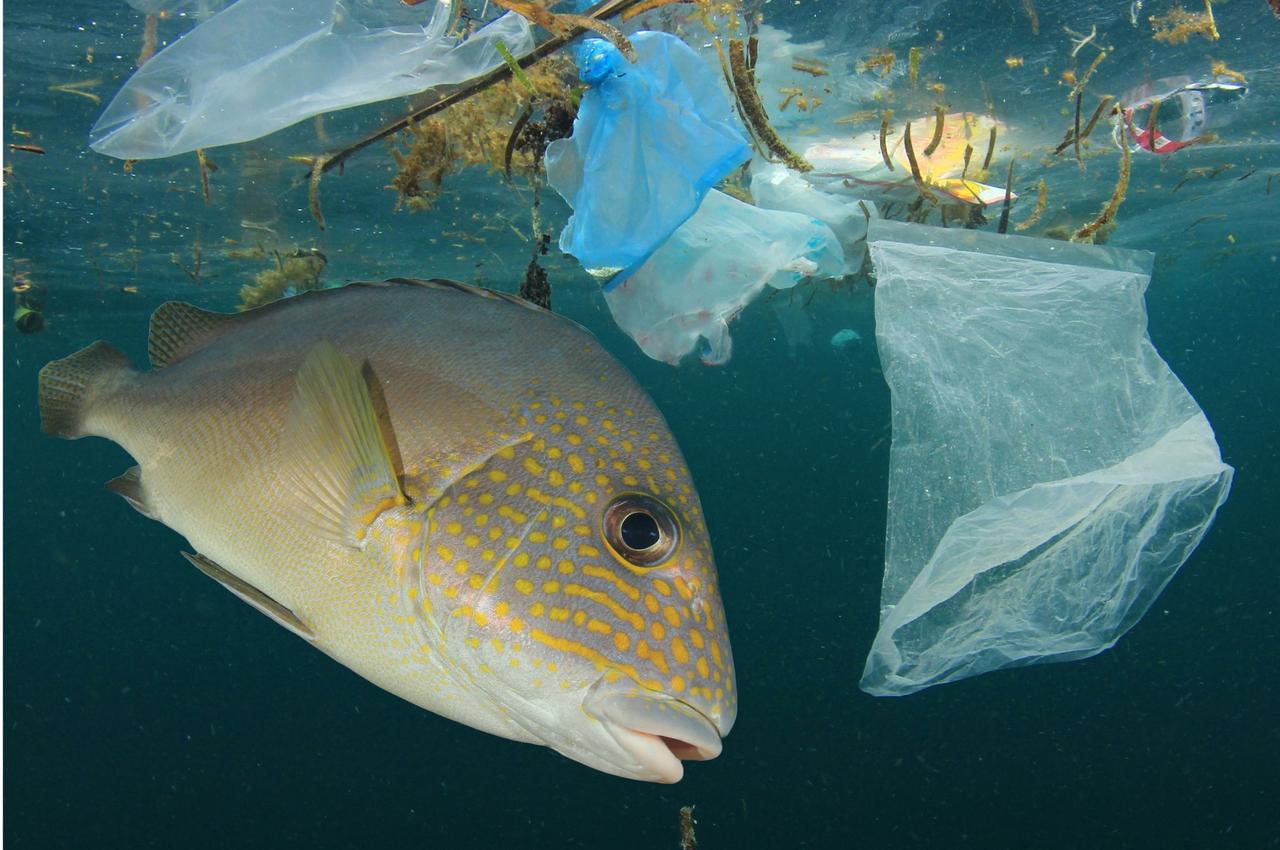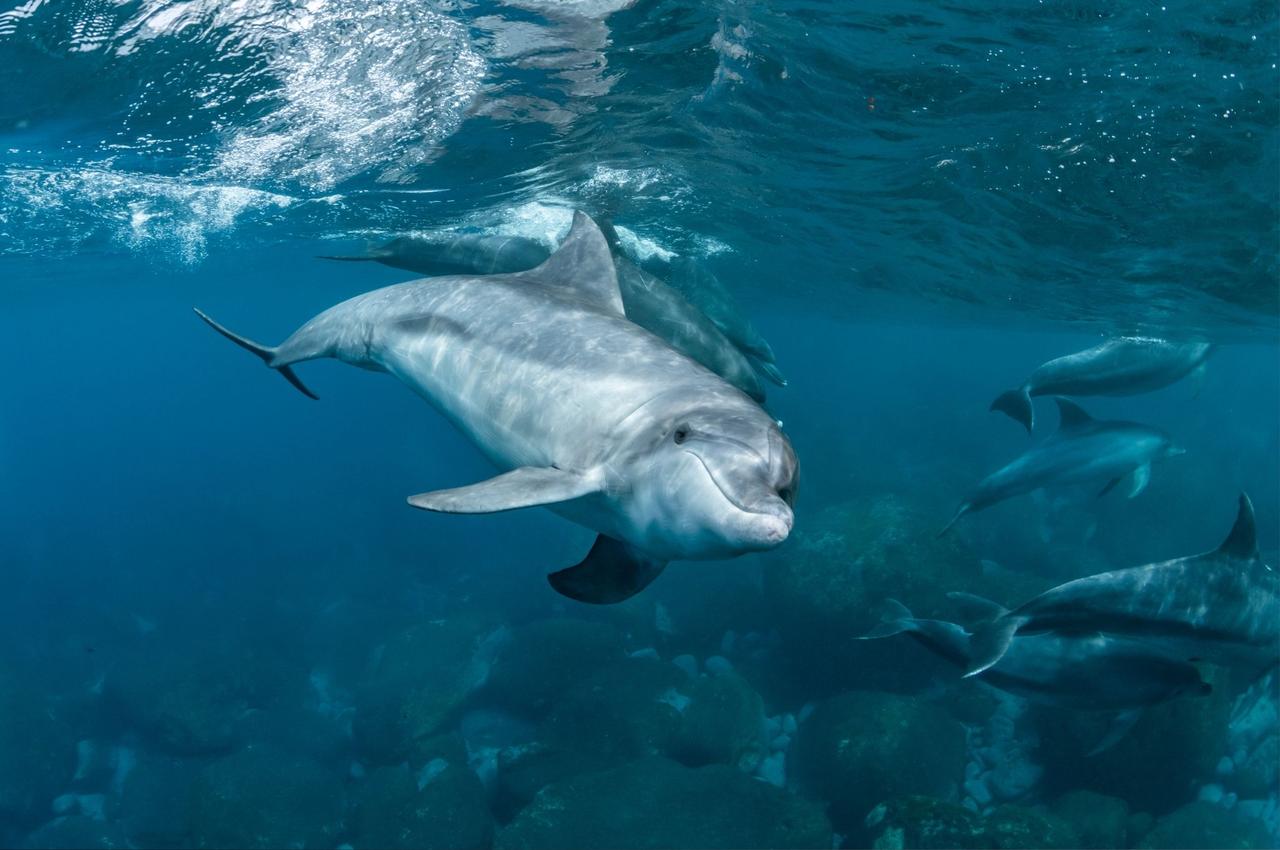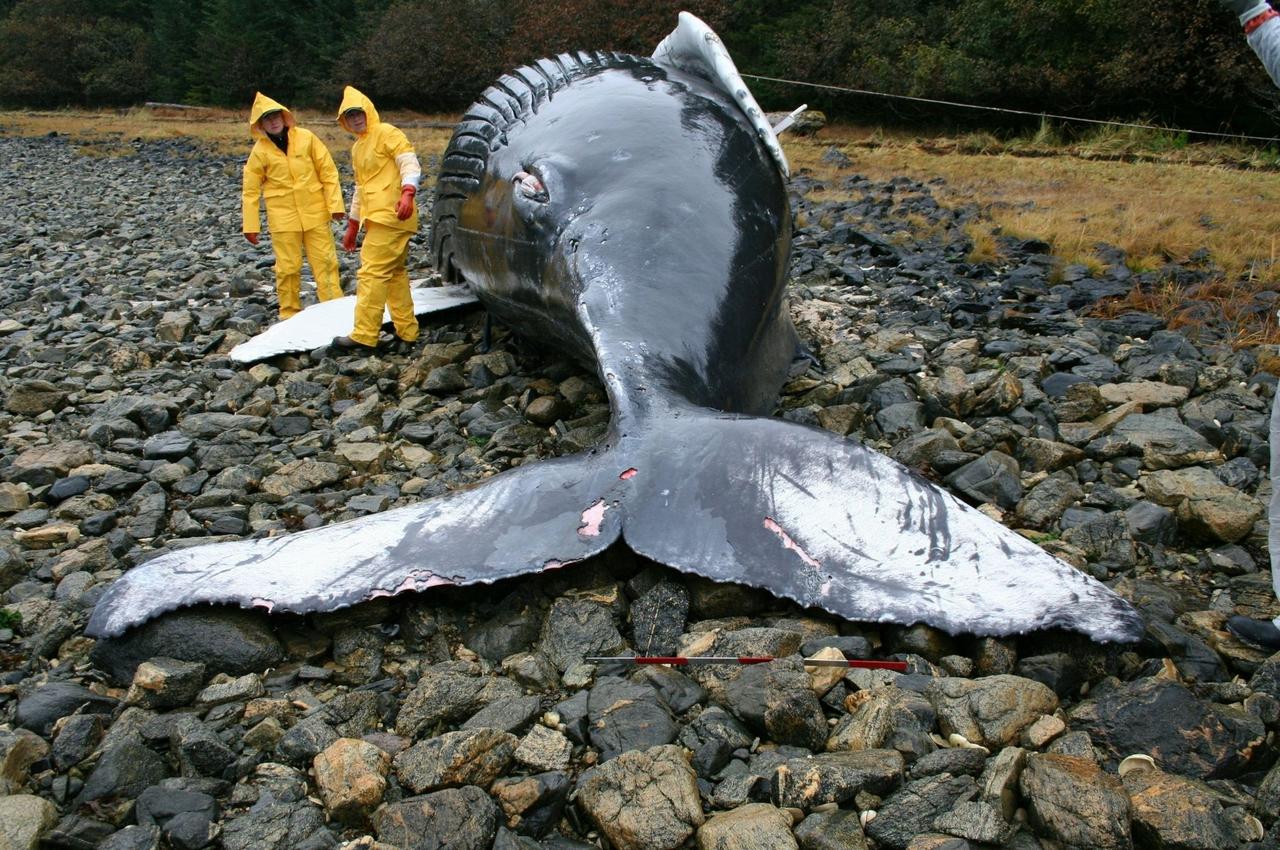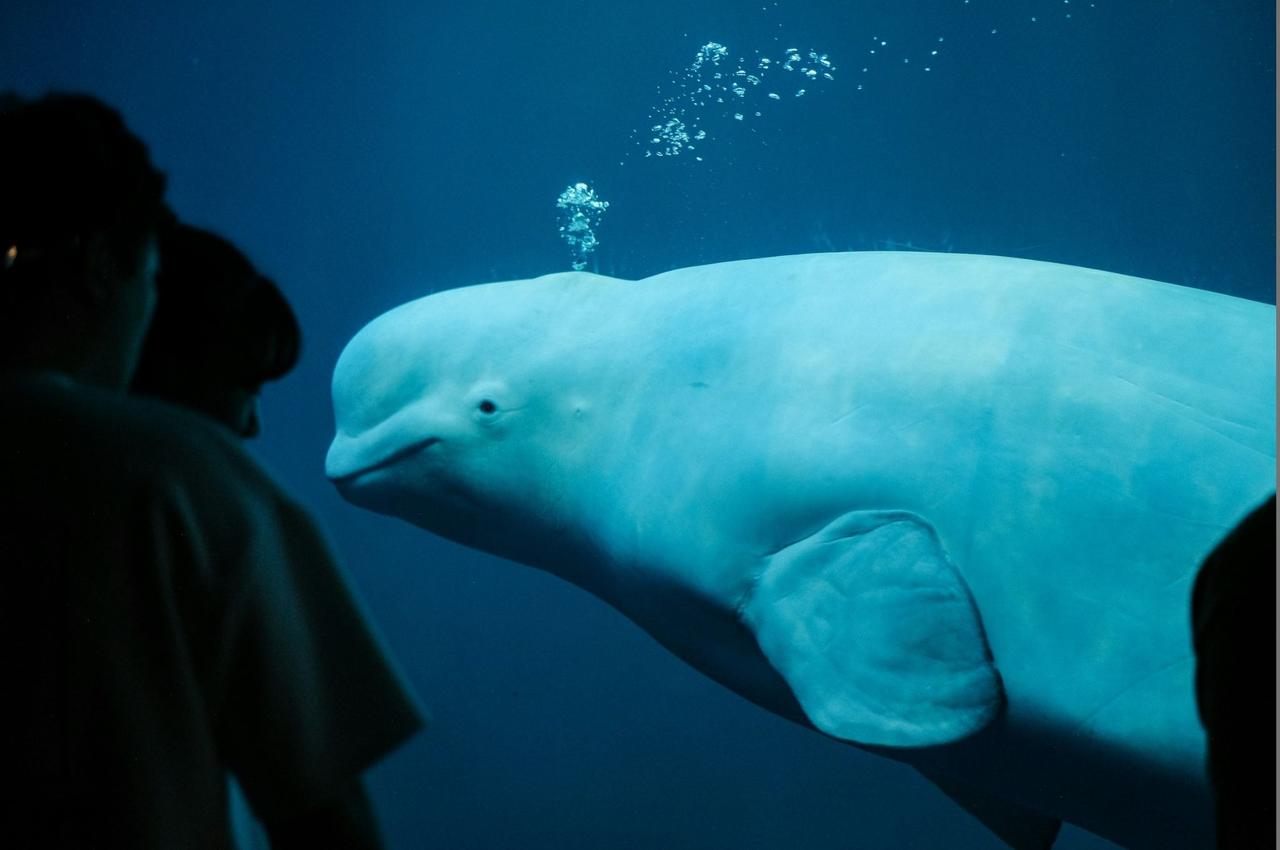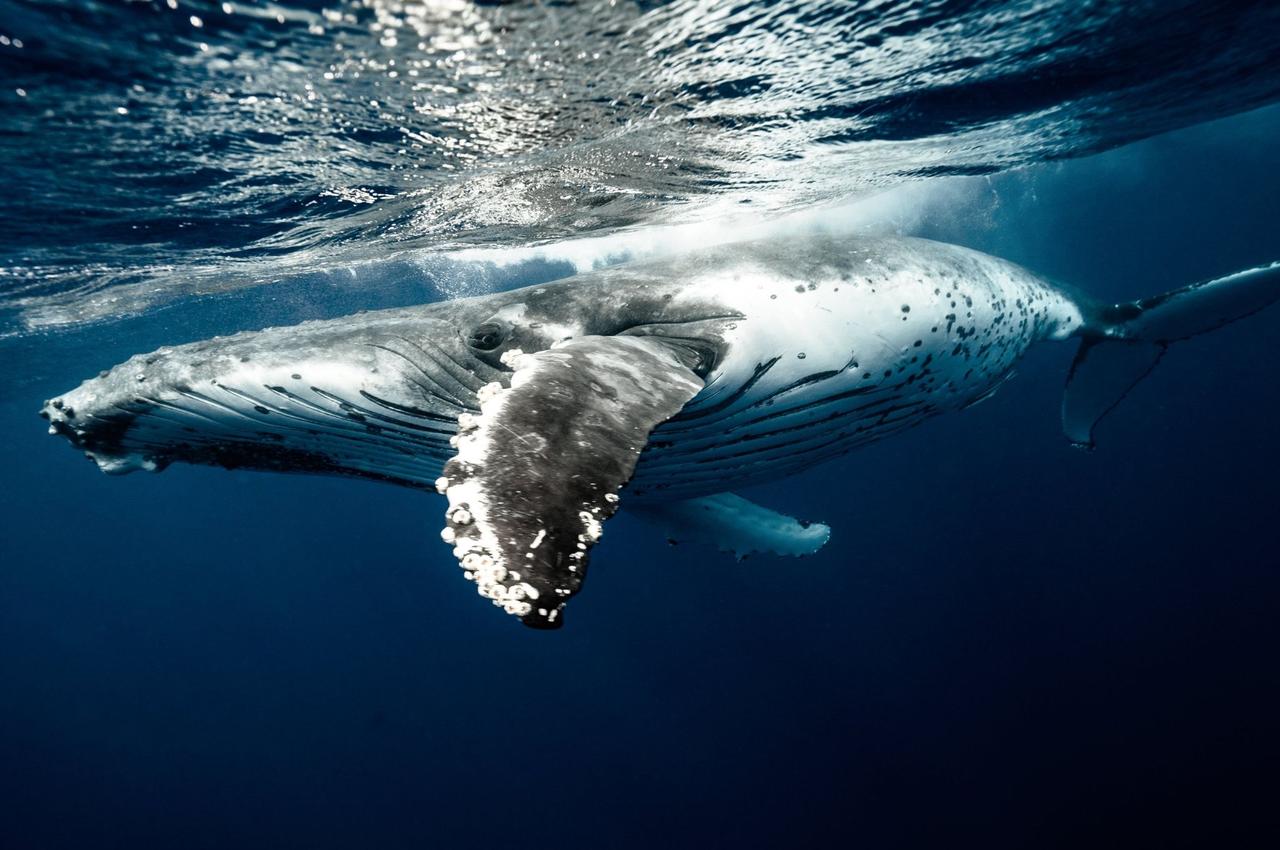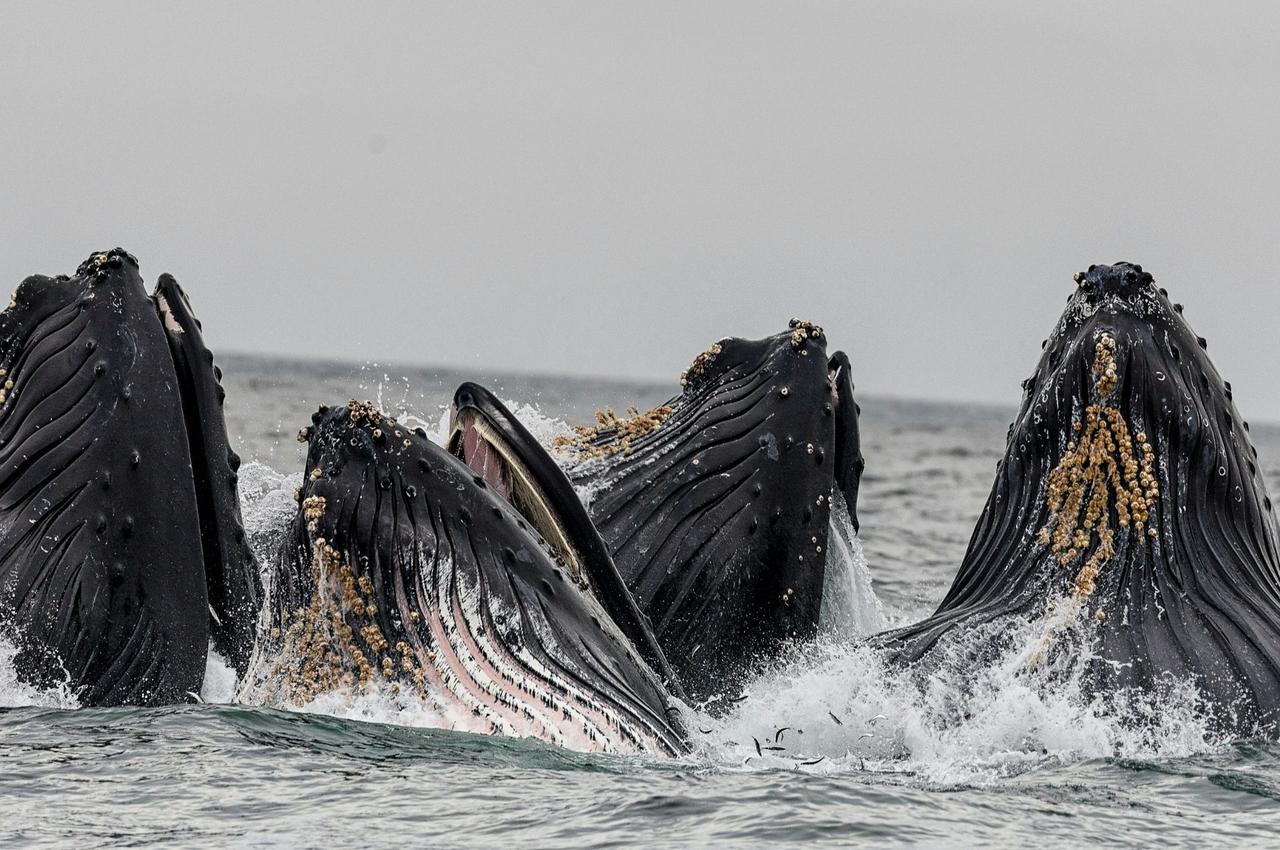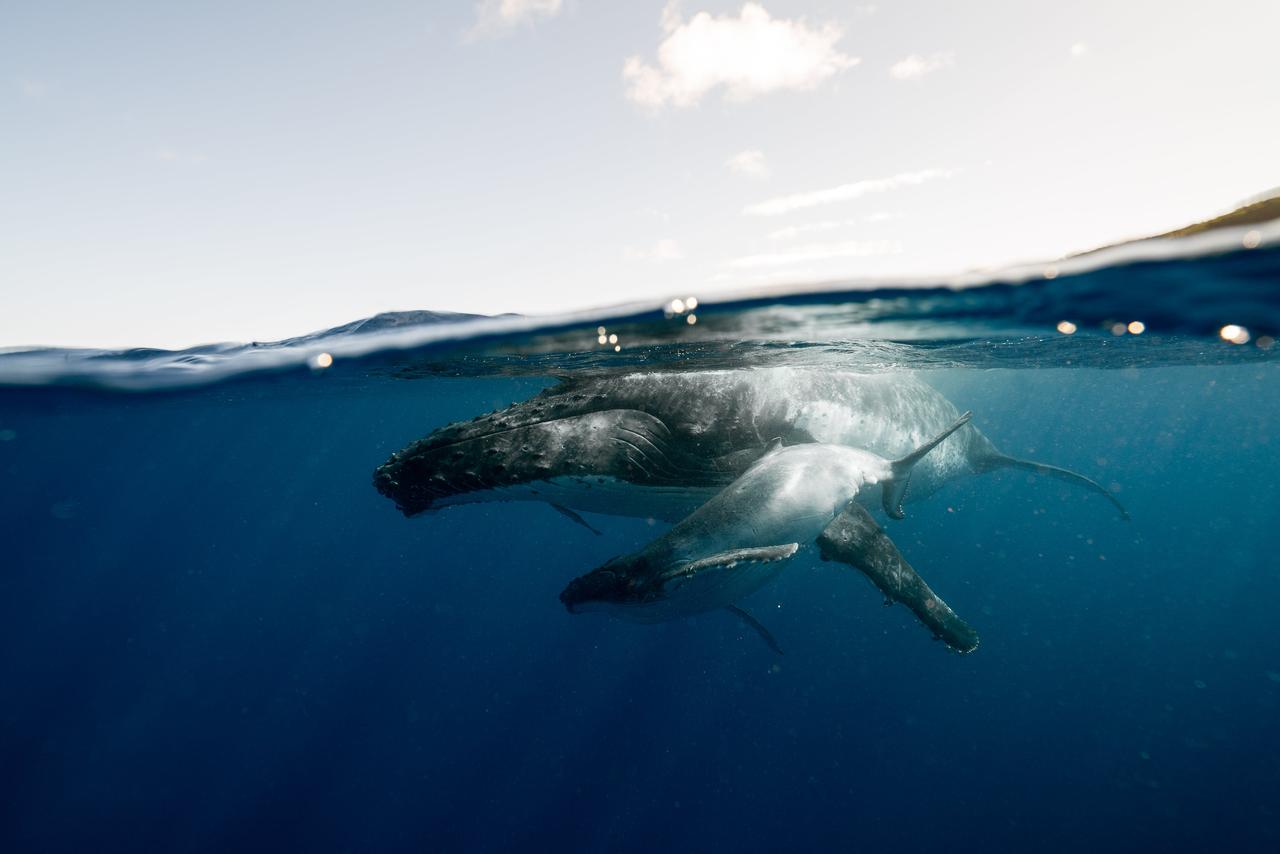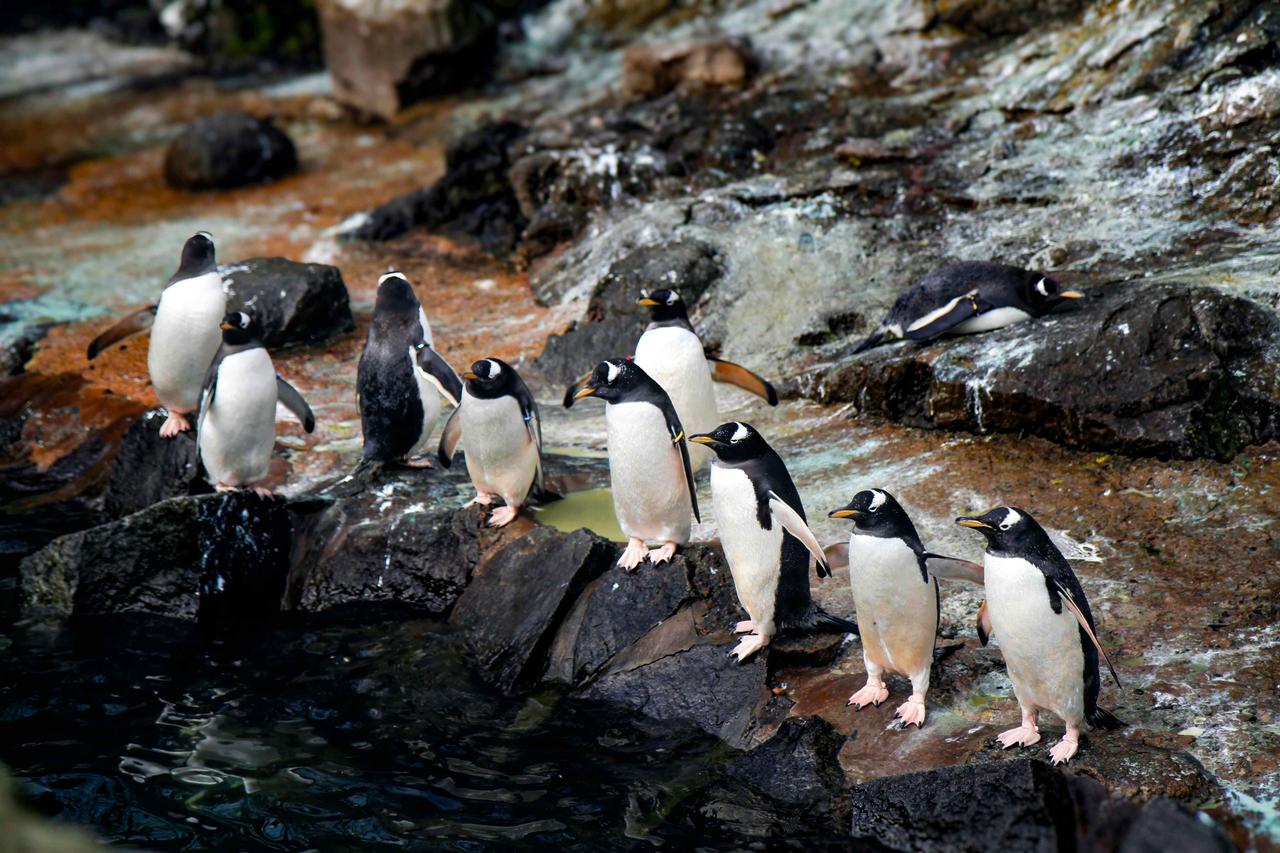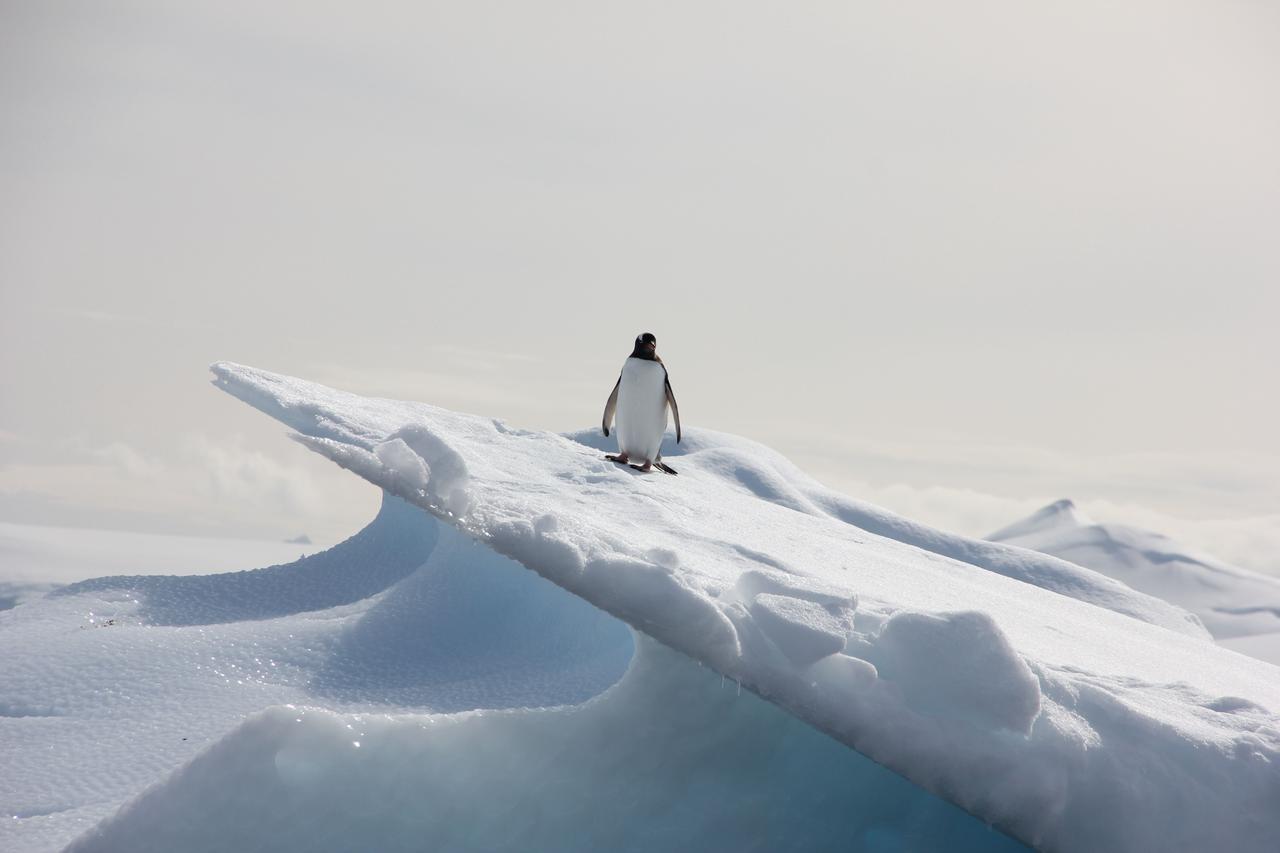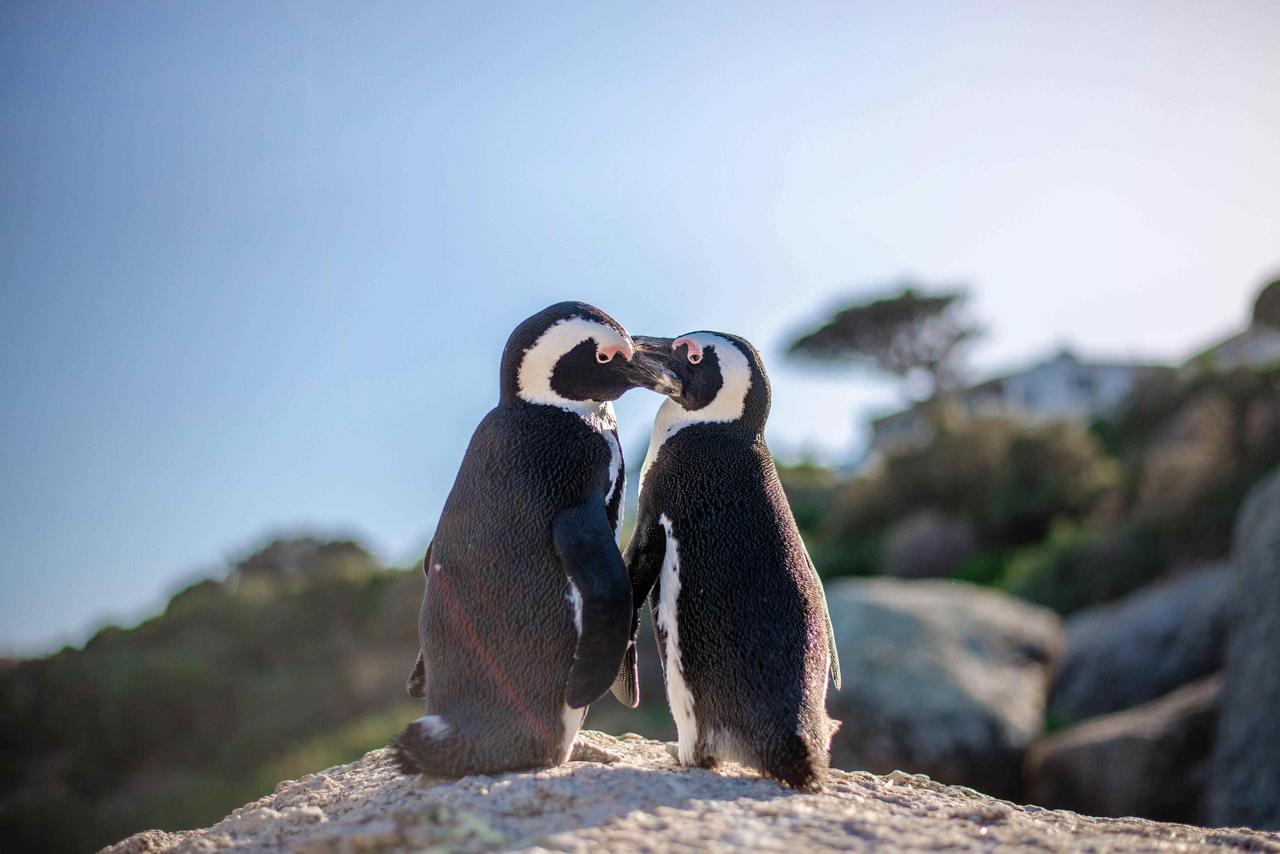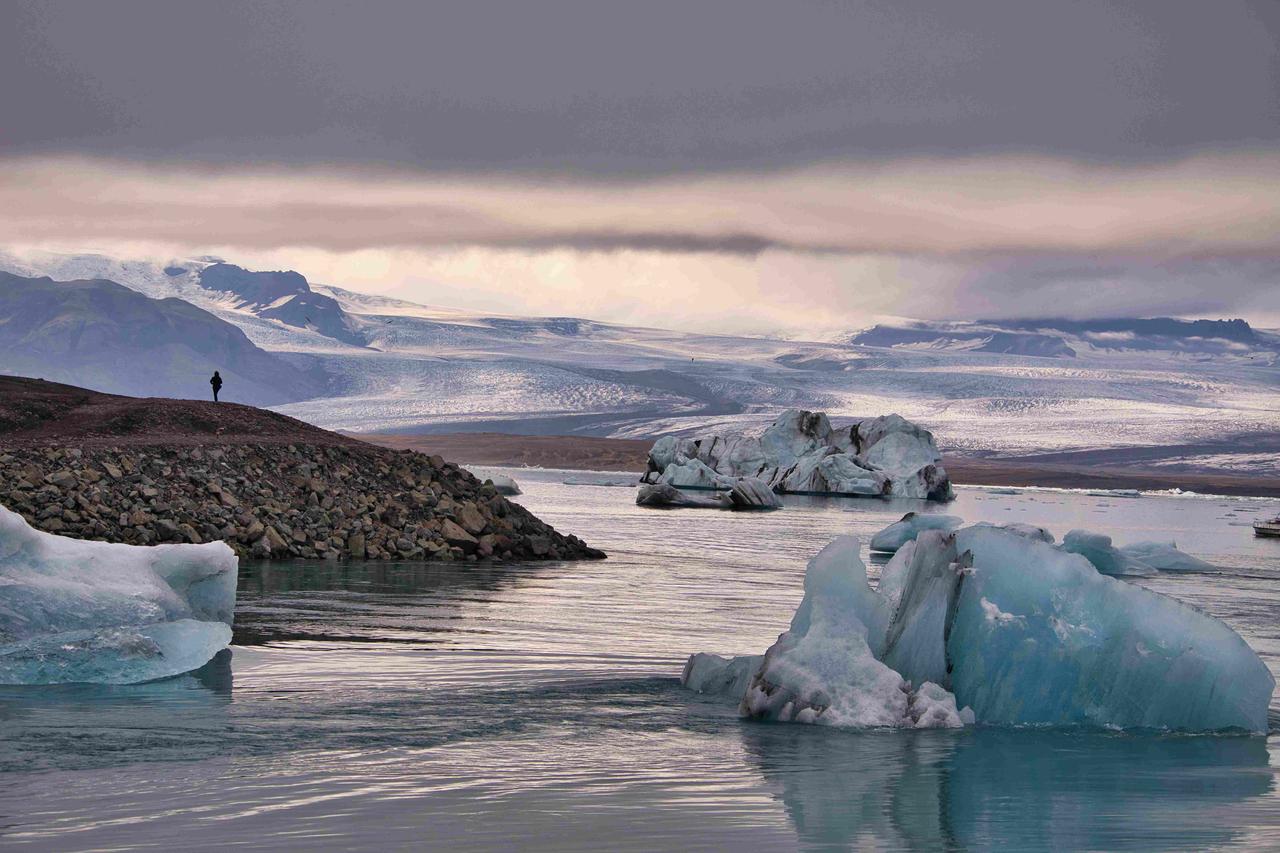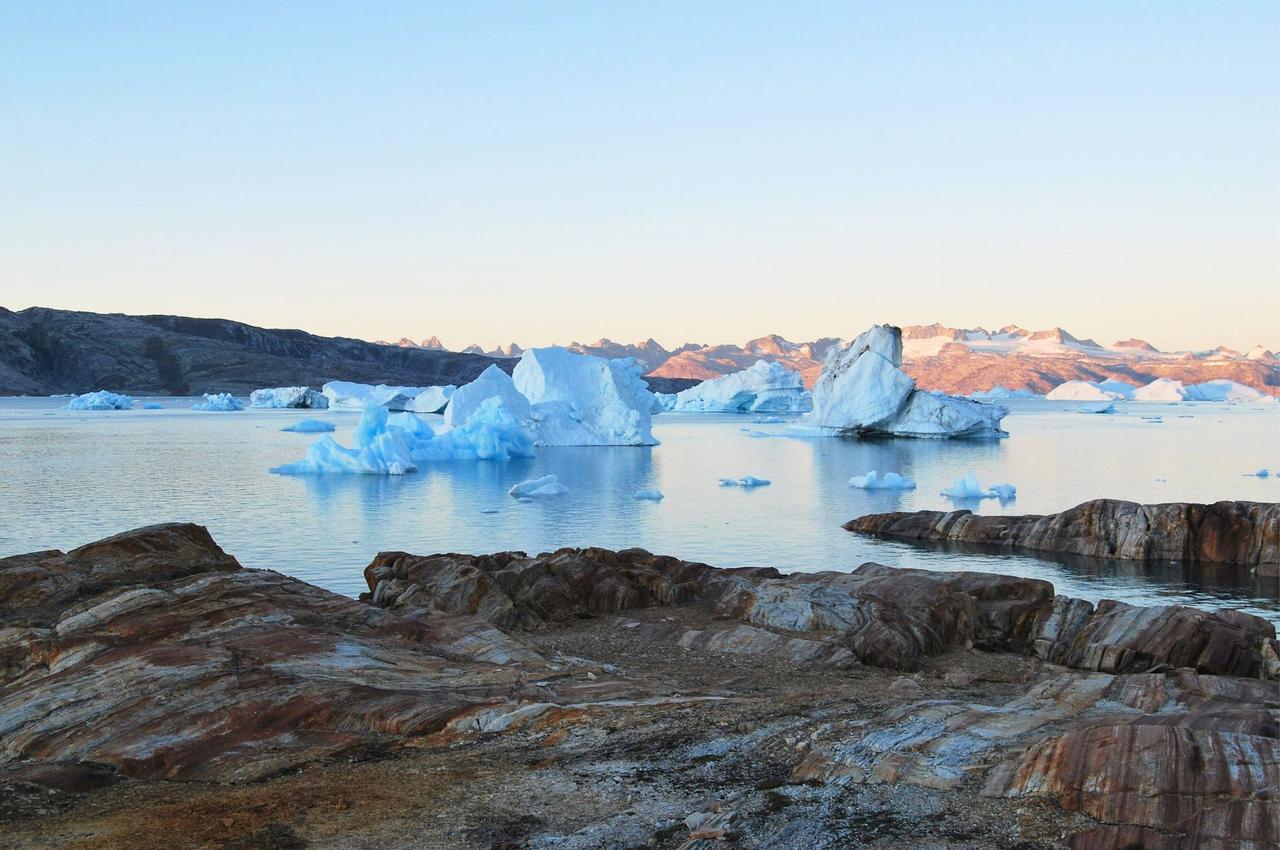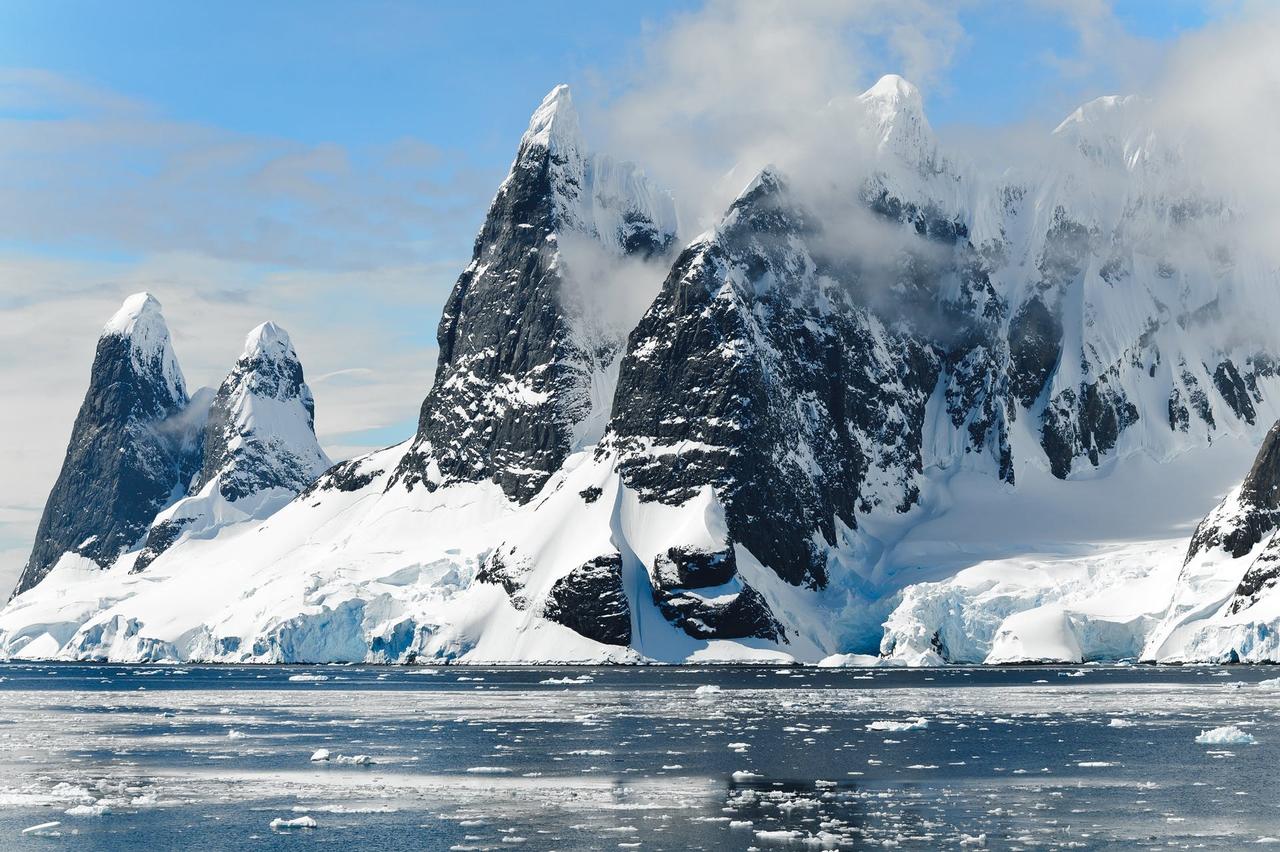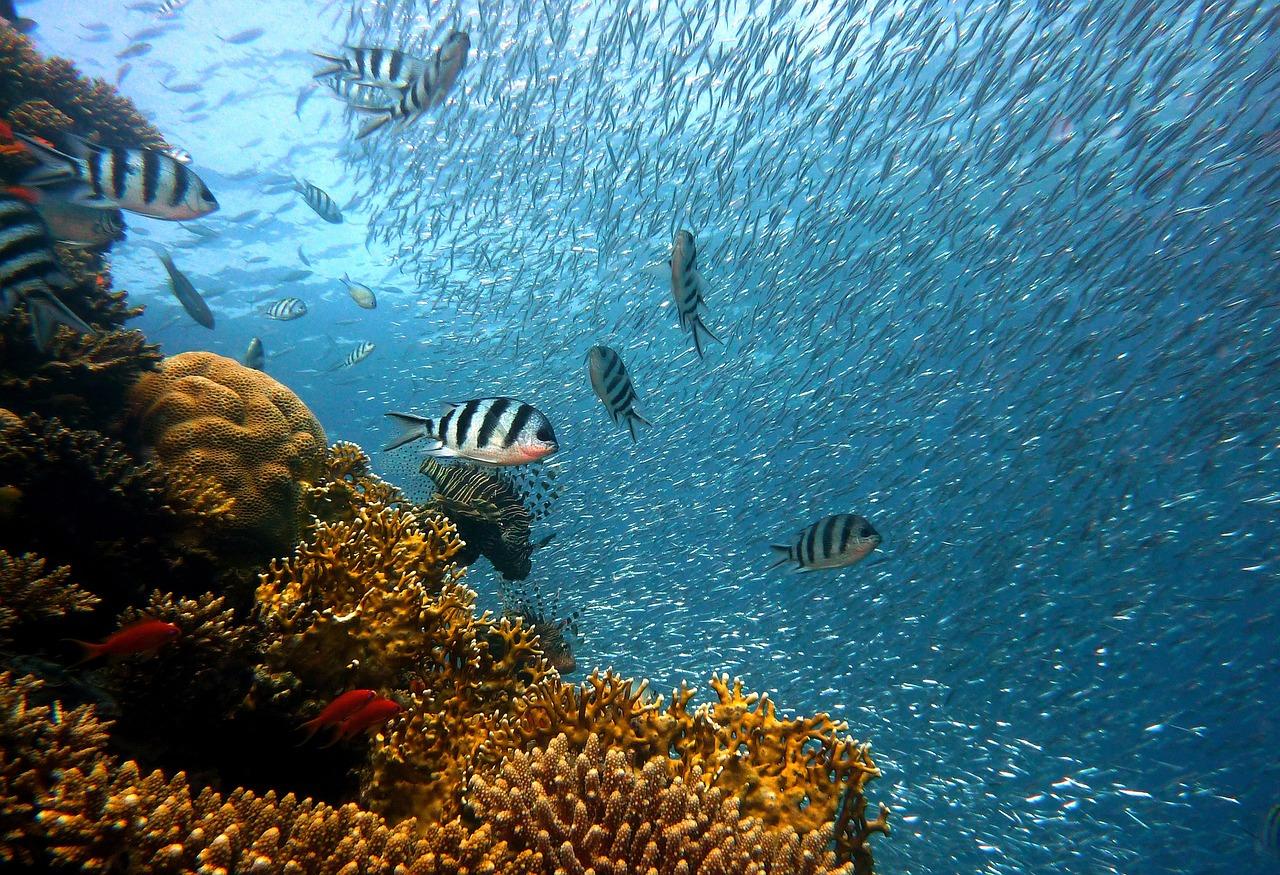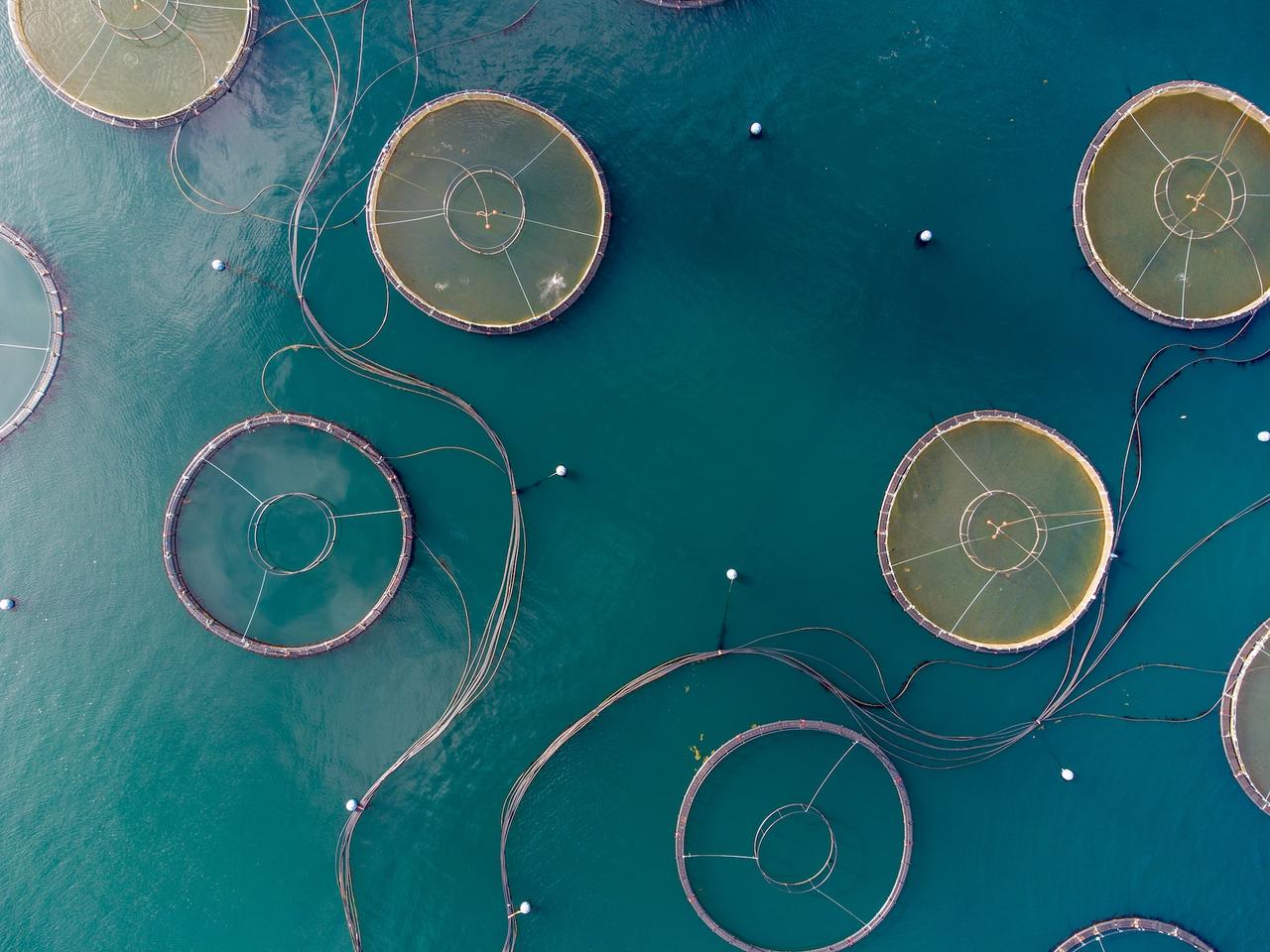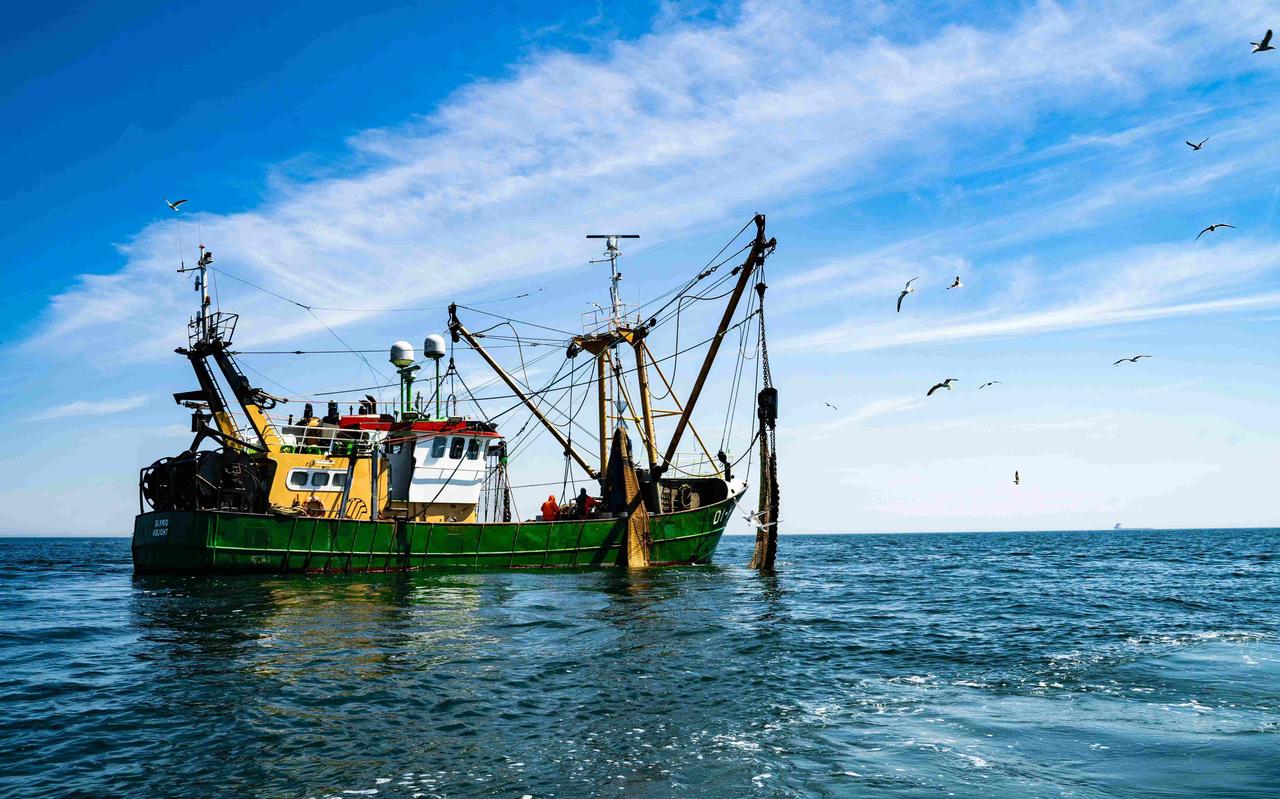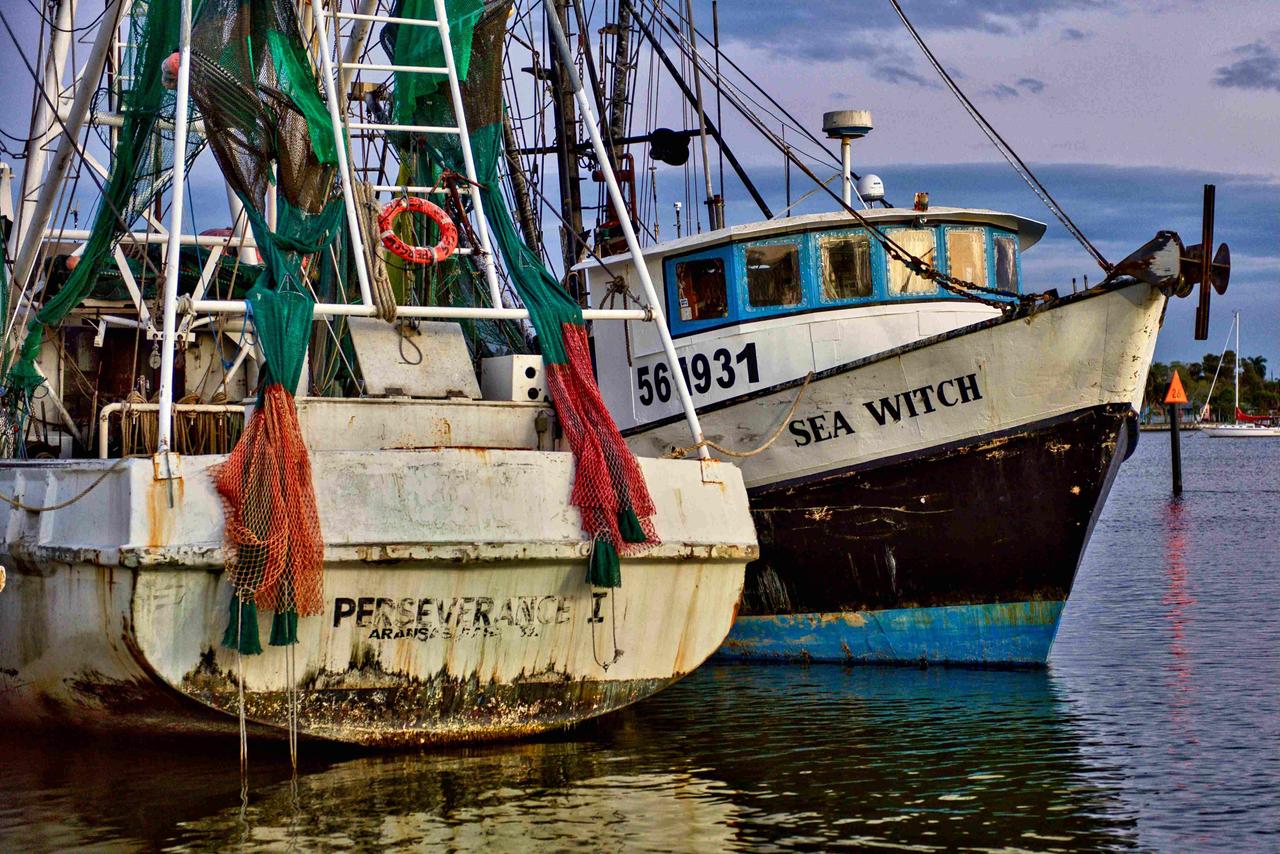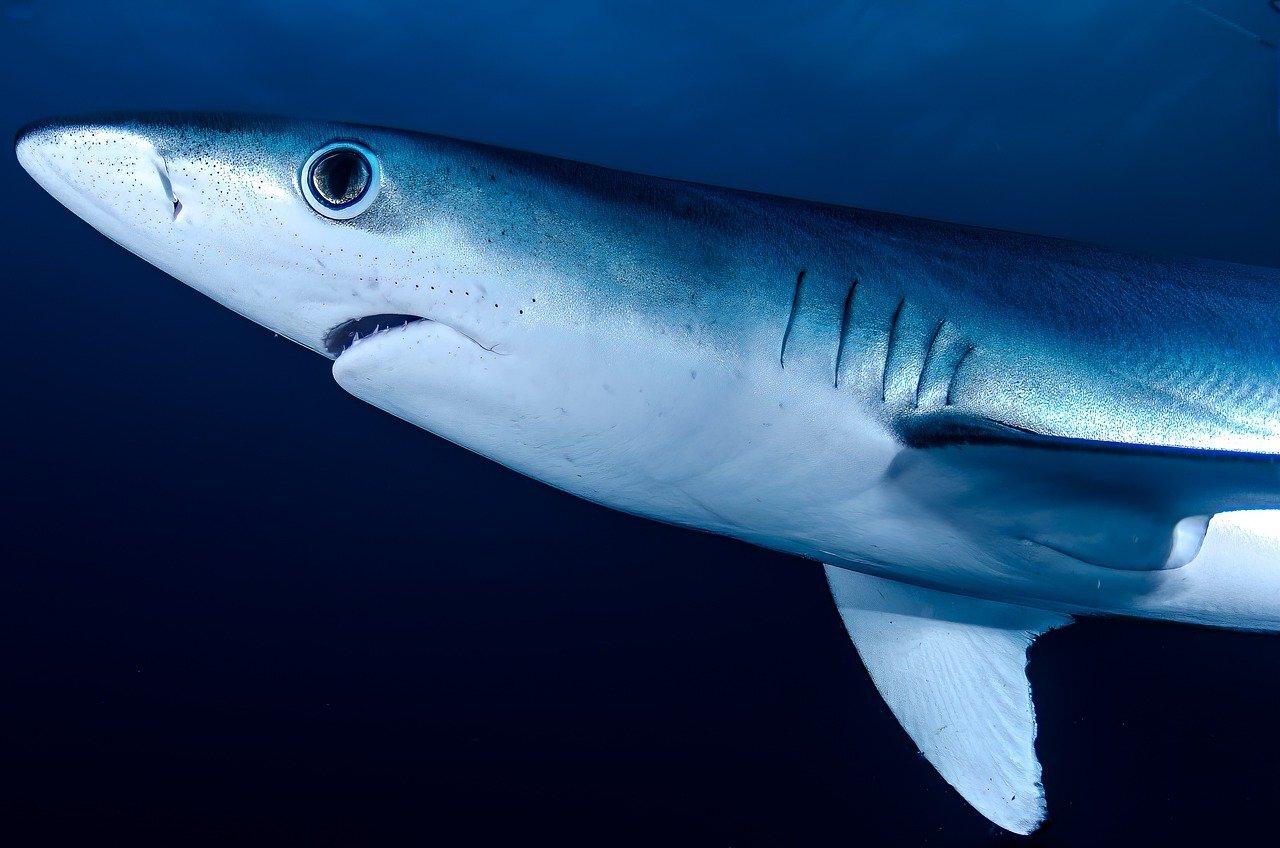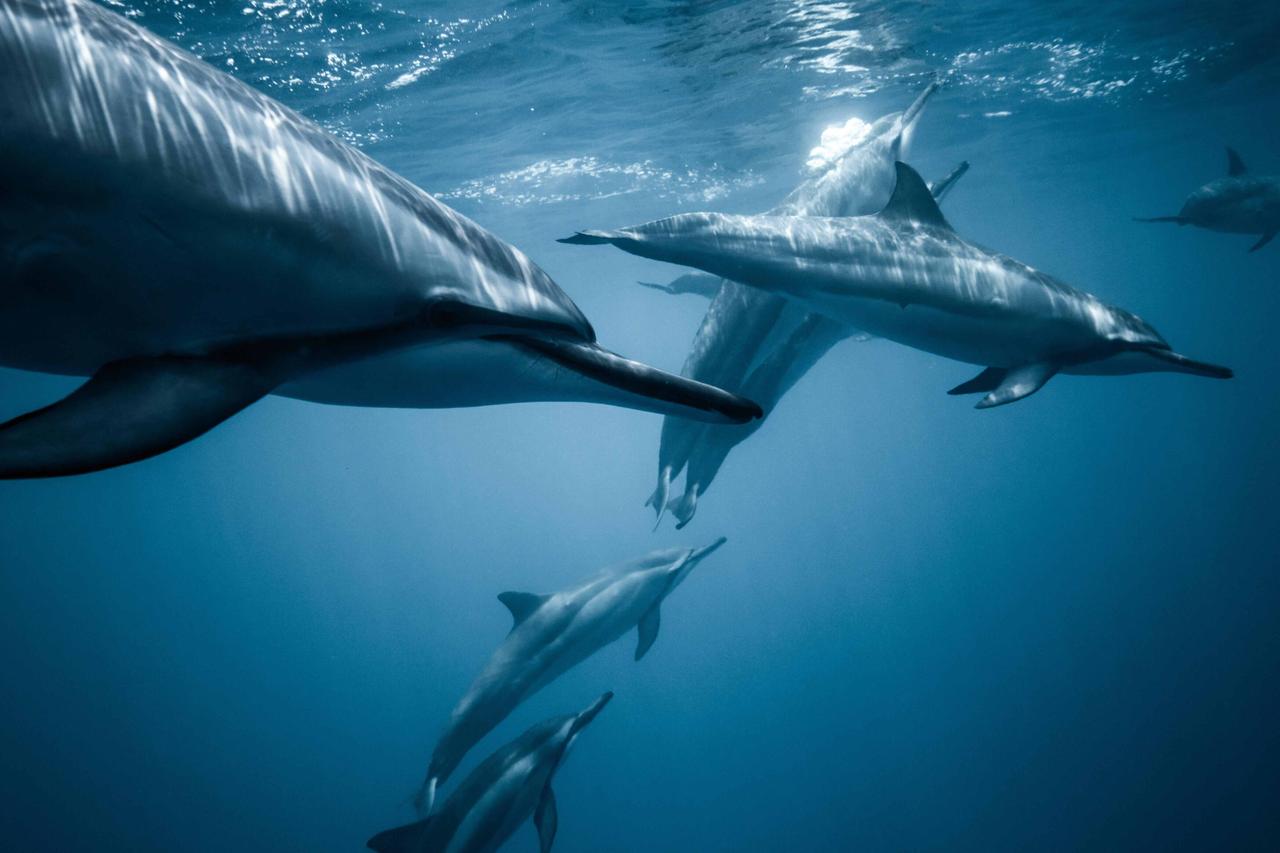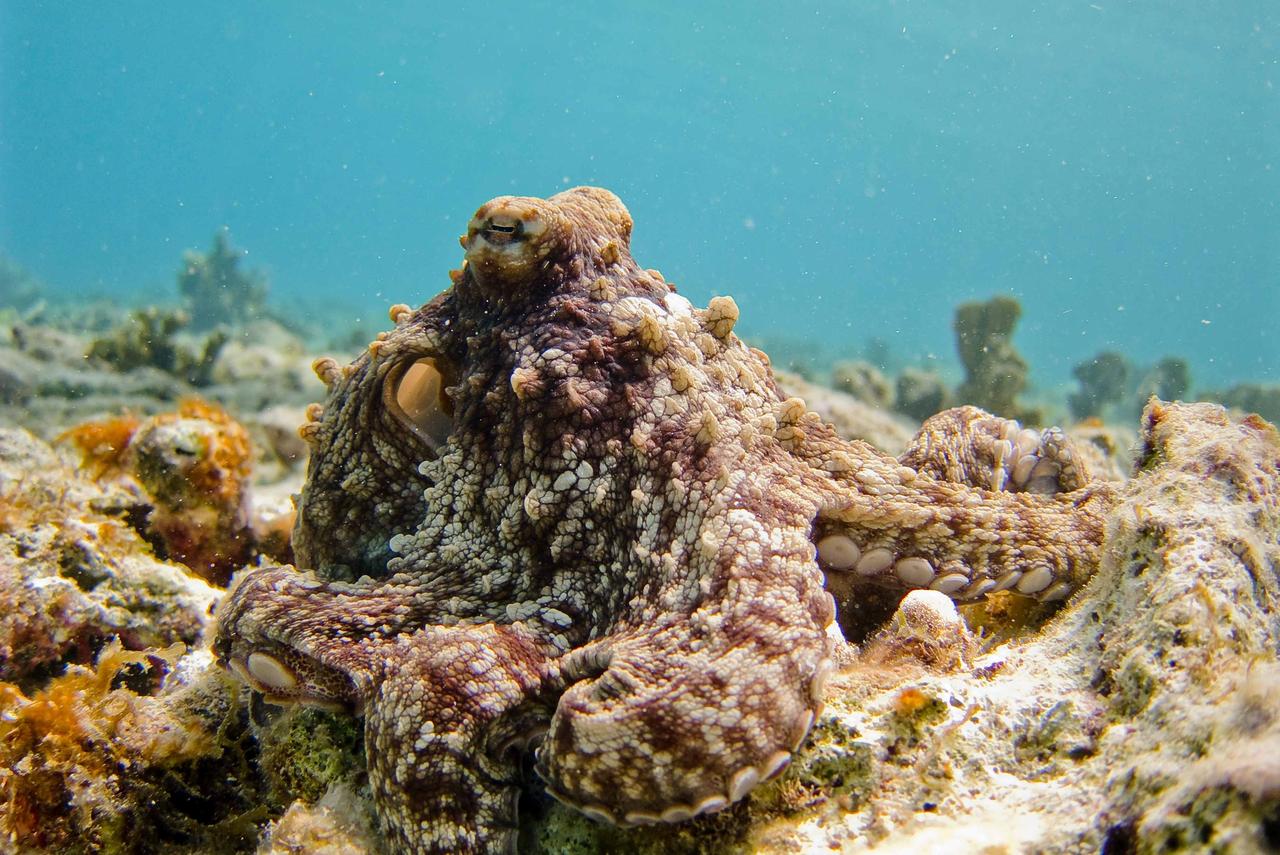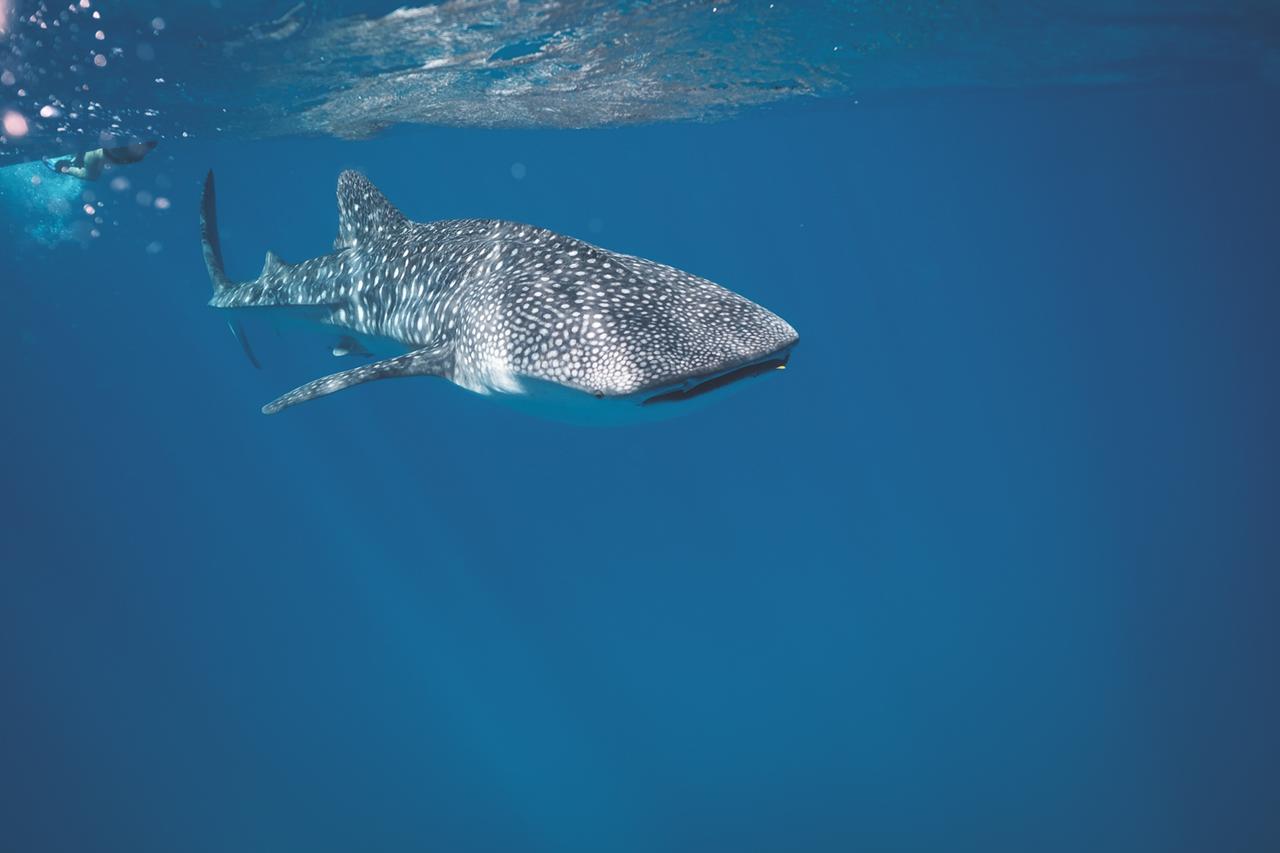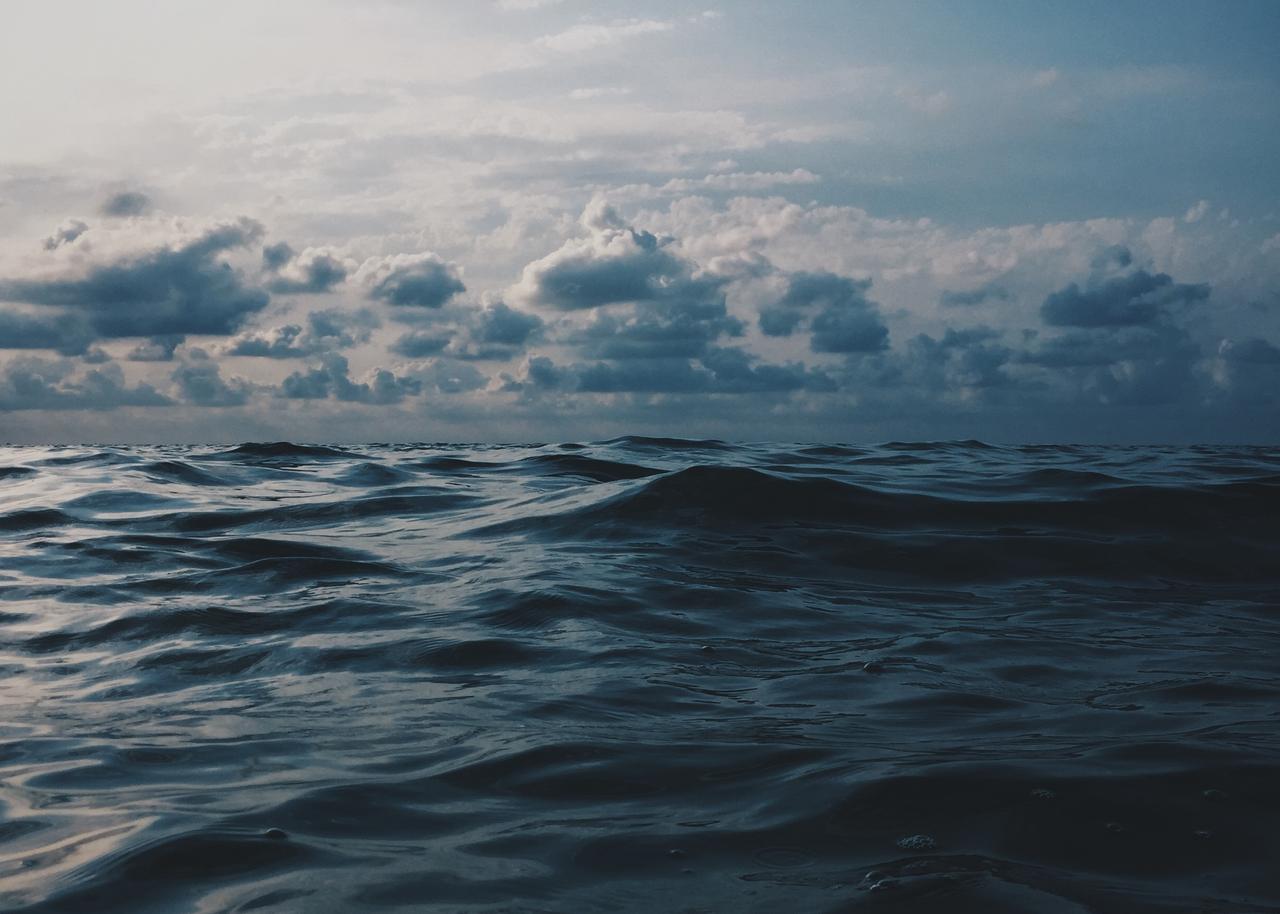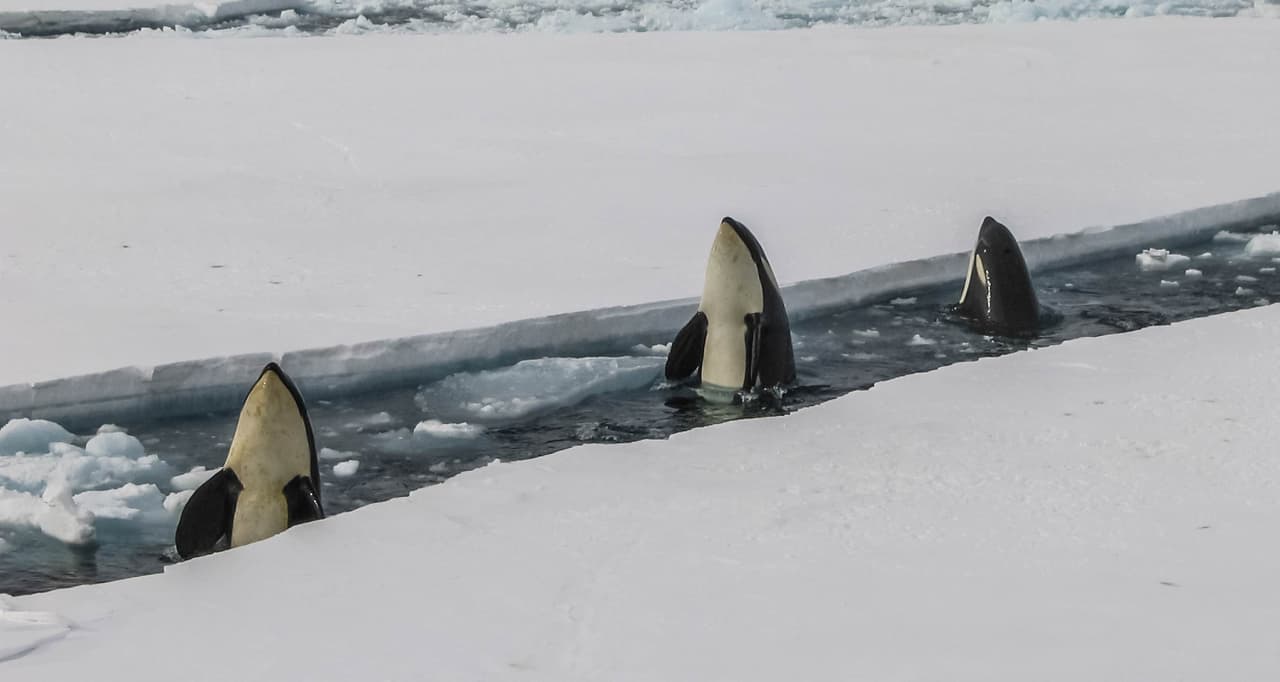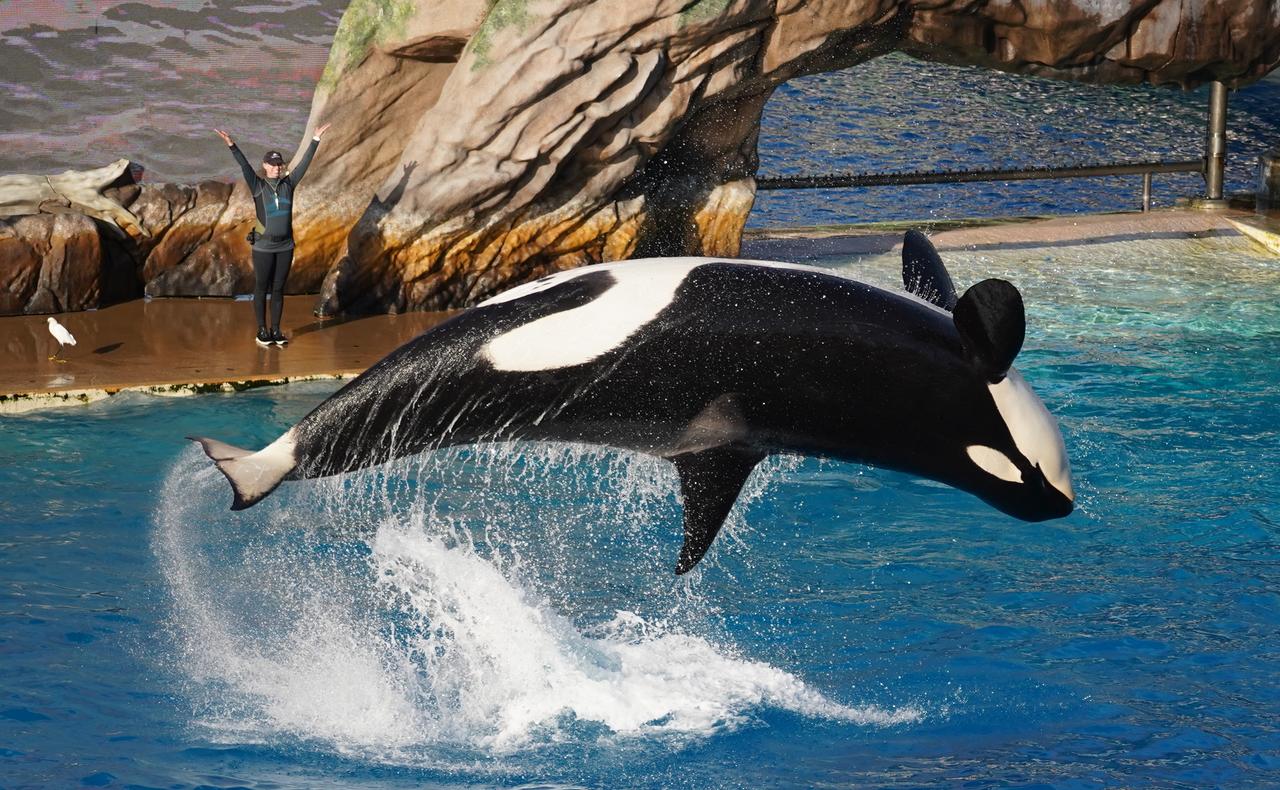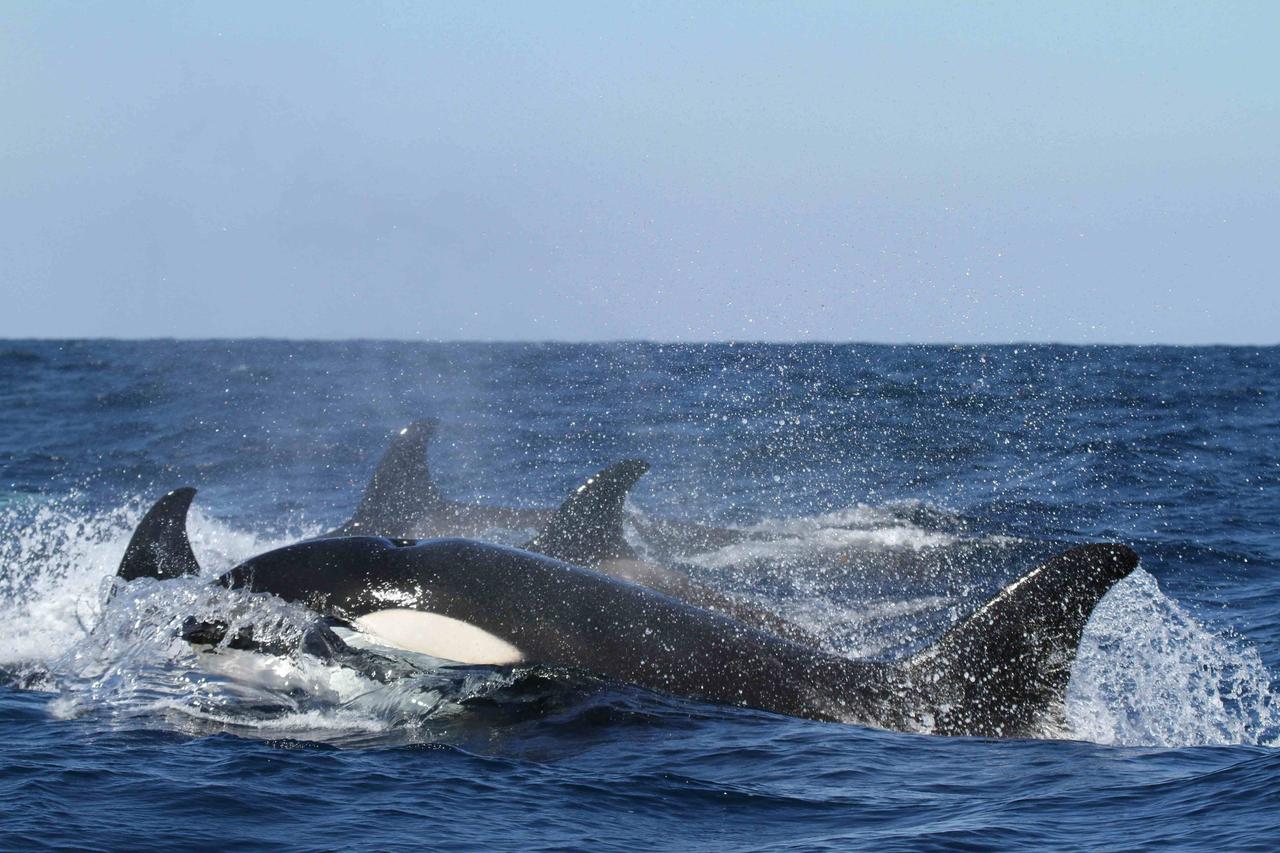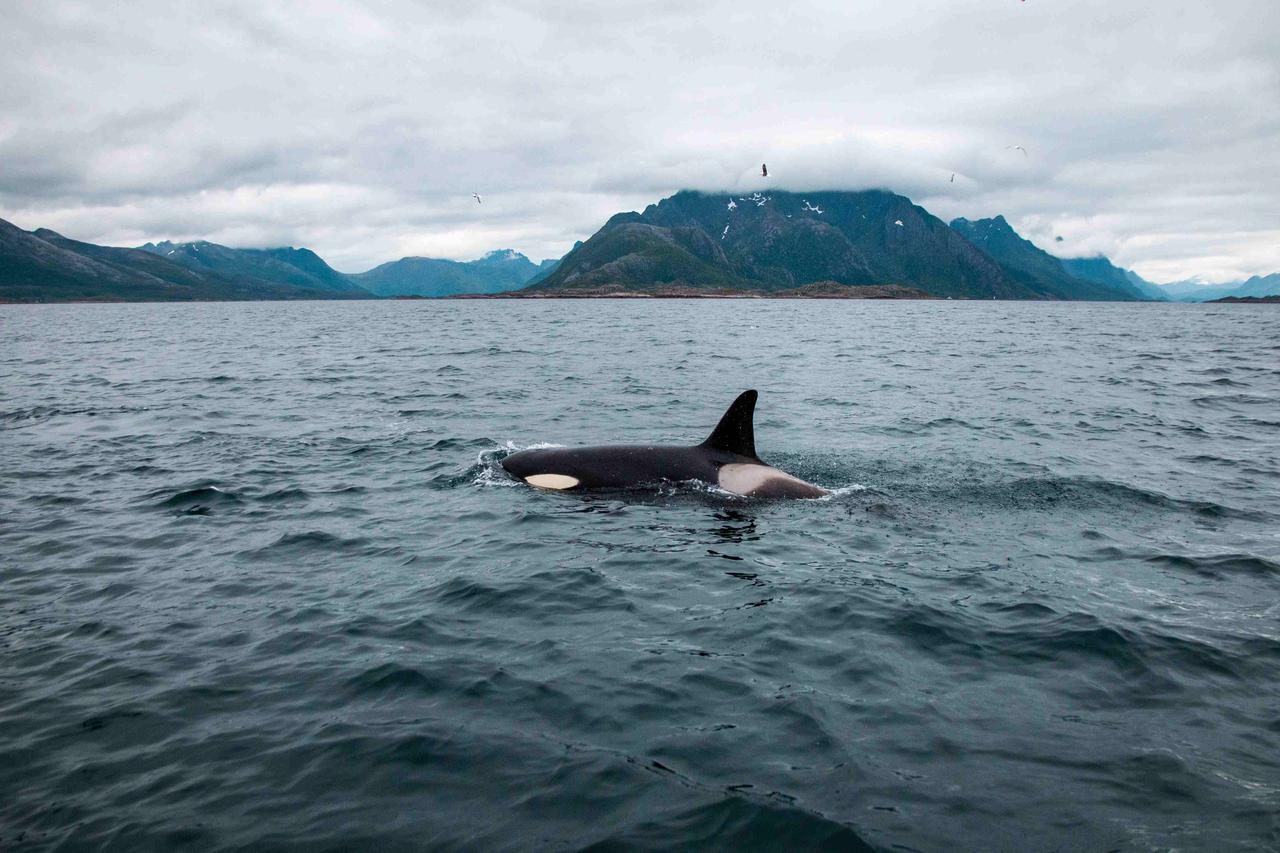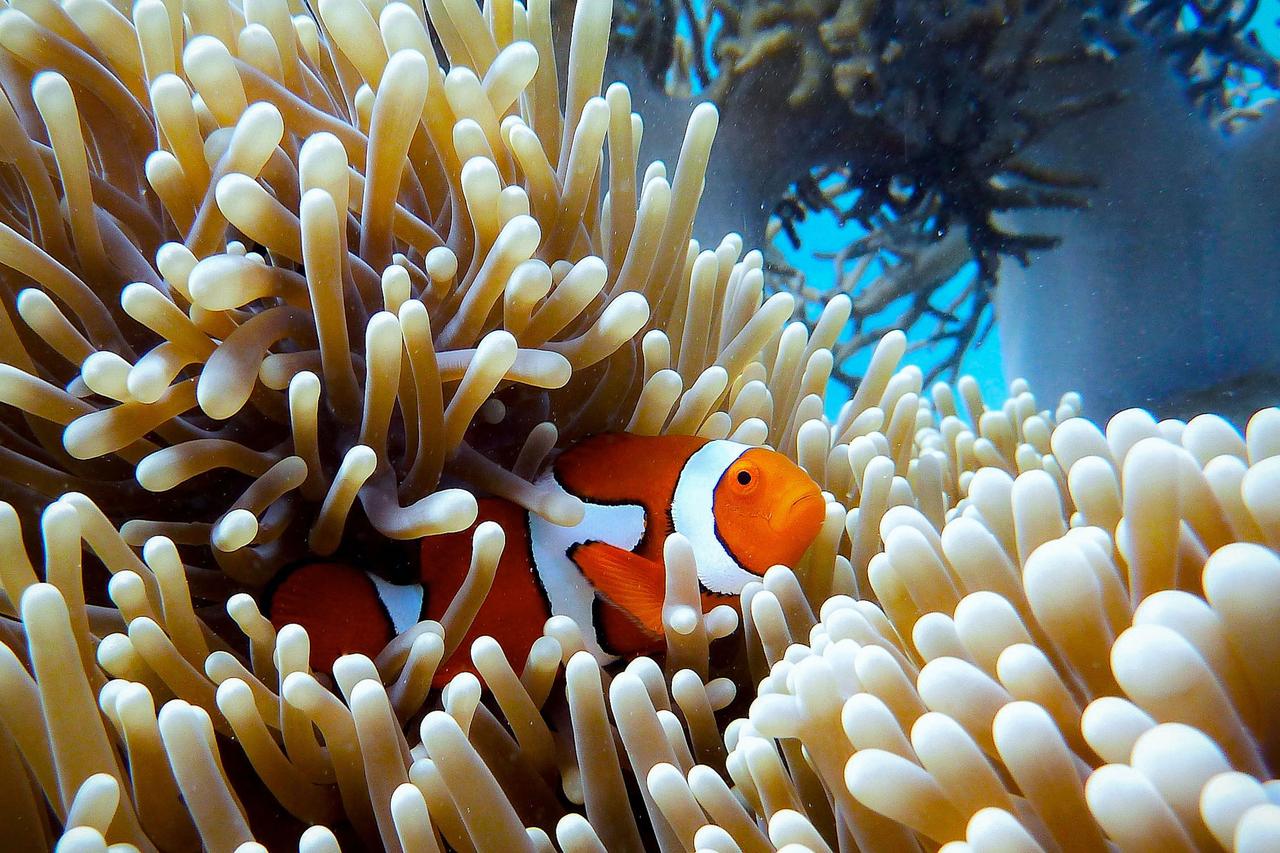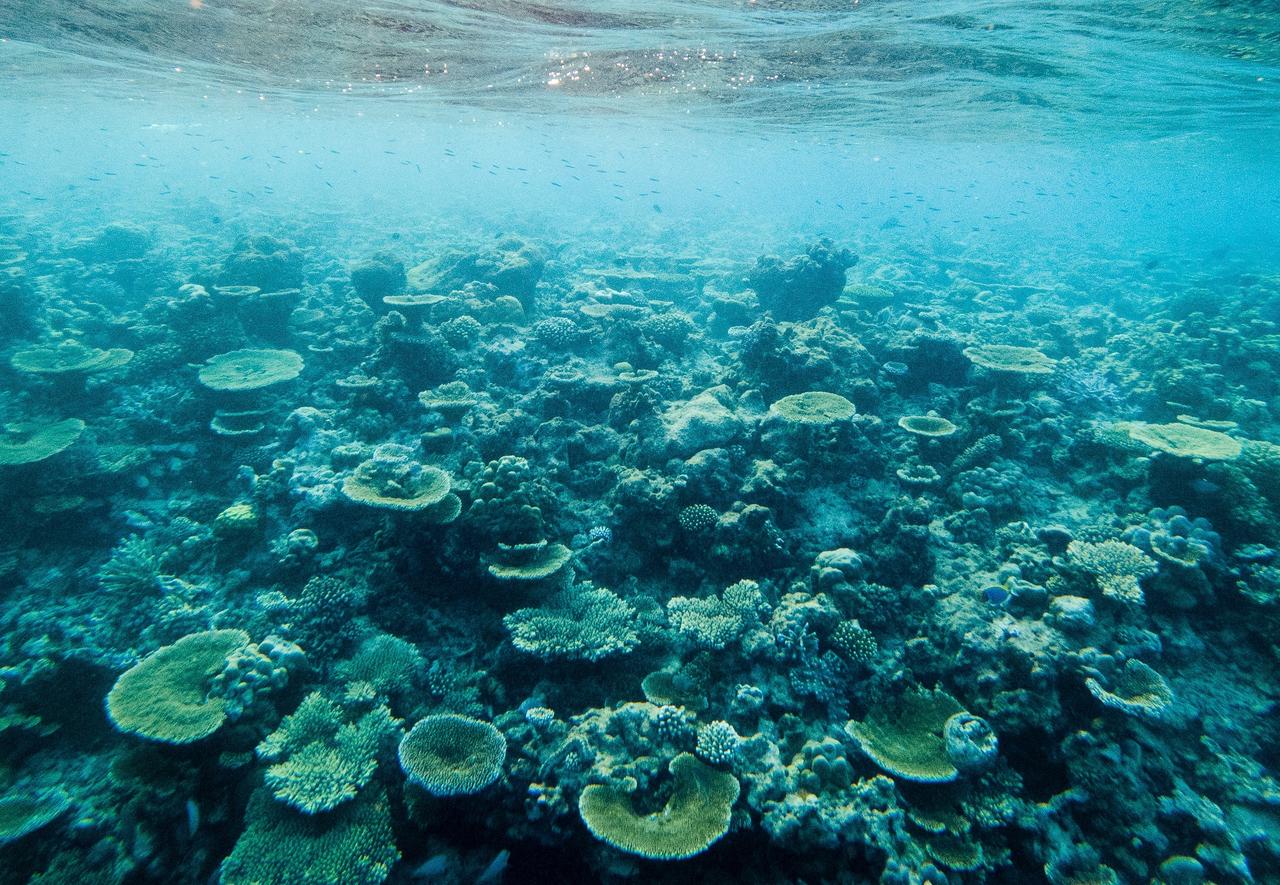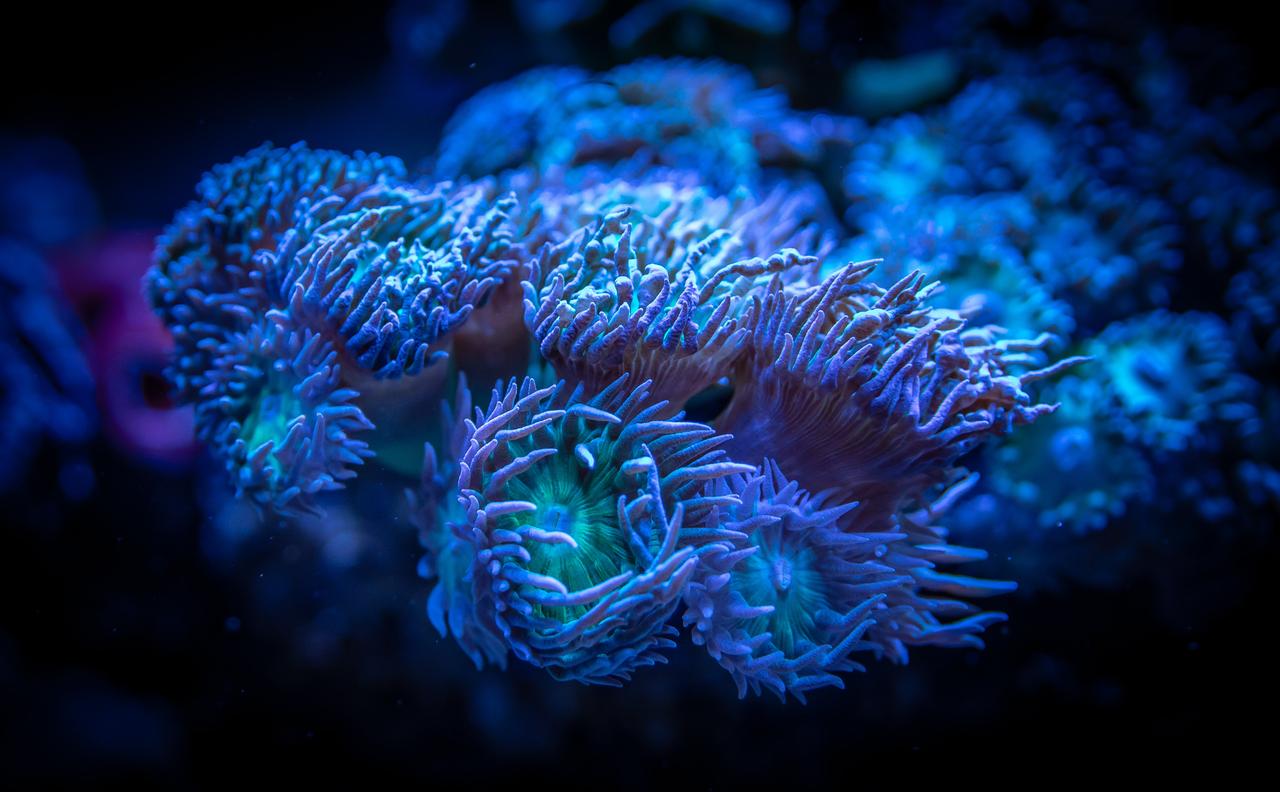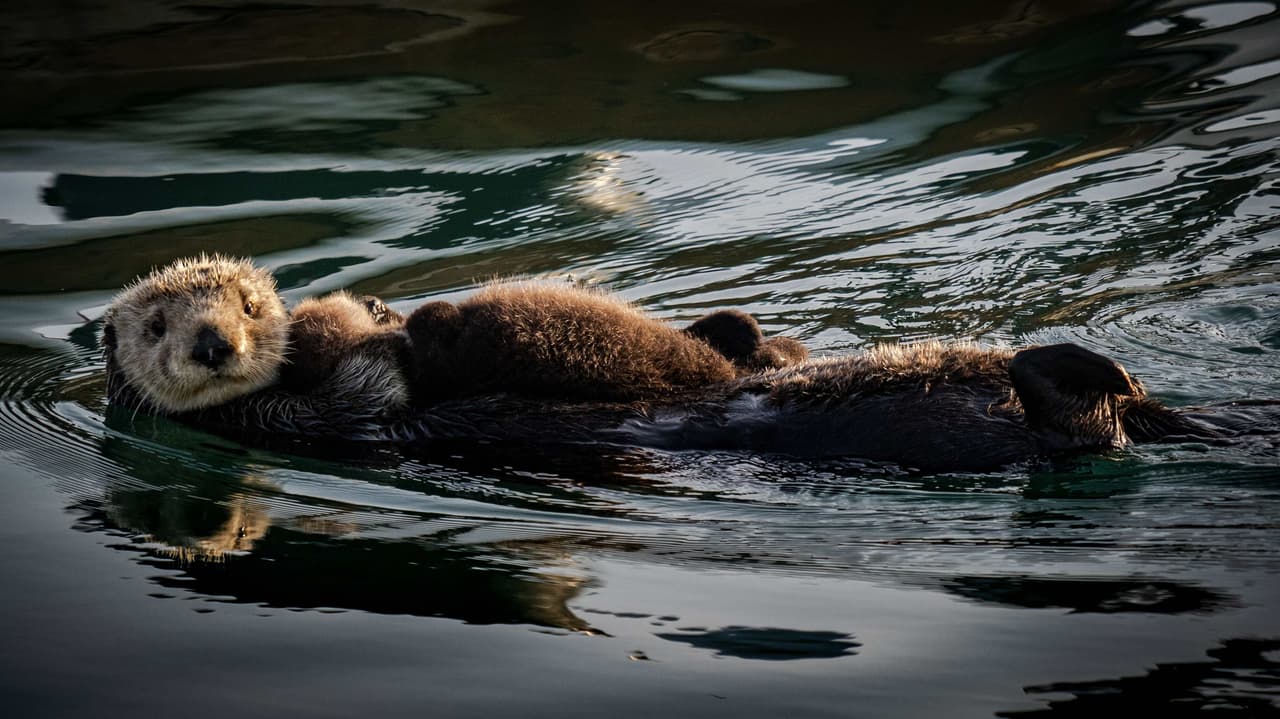
Cute, clever and critical for our oceans — otters are all three. Learn more about them on World Otter Day.
The need-to-knows about otters
- Home sweet ocean — Sea otters can spend their entire lives without leaving the ocean, eating, sleeping and giving birth in its waters. Nearly 90% of sea otters are found in coastal Alaska.
- Family ties — Sea otters come from a line of carnivorous mammals including skunks, weasels, wolverines and badgers. But unlike these similar-sized land animals, otters have 2.5 times more lung capacity (capable of breathing underwater for 5 minutes at a time).
- Furry friends — What sea otters lack in blubber they make up in fur. They have the world’s densest fur, made up of one million hairs per square inch compared to a human’s 100,000 hairs in total. A baby otter’s fur is so dense it can’t dive underwater until maturity.
- Skincare check — Otters spend a lot of time grooming their luxurious fur — 5 hours a day at least!
- Eating machines — Sea otters eat nearly 25% of their body weight a day. Their high metabolism helps keep them warm. They love a healthy helping of urchins, crabs, mussels and clams.
- Playful sorts — Otters aggregate in groups and adults regularly engage in play. When it's time to sleep, otters prefer to rest in groups, called rafts, some of which can be as large as 1,000 otters.
- Tool users — To crack open shells, wild sea otters have been observed habitually hitting them against stationary rocks. And recent studies illustrate some surprising insight into this behavior: they have been using tools longer than humans!
Why otters matter
If we didn’t have otters, the sea would be overrun with kelp-eating sea urchins. Otters help regulate sea urchin populations. And this is important because our kelp forests capture 4.5 million tons of carbon from the sea each year.
But by 2100, an estimated 90% of all marine species may be at risk of extinction — including otters. While protected, sea otters are still listed by the IUCN as endangered because their range hasn’t expanded despite increased habitat destruction and climate change.
Only 3,000 sea otters are left in the wild. Will you help save them?
___
Keep our OCEANS brilliant. Donate with #VAKOVAKO.














